)
Wabi Sabi Interior Design
How to incorporate the Wabi Sabi design philosophy into your homeWabi Sabi is a Japanese aesthetic philosophy deeply rooted in Zen Buddhism. At its heart, it is about finding beauty in imperfection and embracing simplicity as a way of life. Rather than seeking flawless perfection, the seven Wabi Sabi principles encourage a sense of mindfulness and acceptance, finding charm in the worn and weathered, and the beauty beneath the exterior appearance. As Wabi Sabi is not only a design concept but rather a way of living, it naturally influences many aspects of our daily lives — including fashion, architecture and our approach to relationships and personal well-being. Get inspired by the Wabi Sabi philosophy and get to know the core principles of the trending Japanese design aesthetic.
:format(jpeg))
:format(jpeg))
:format(jpeg))
:format(jpeg))
Where does the term Wabi Sabi come from?
The term originates from Japanese, where wabi stands for natural simplicity and imperfection, while sabi reflects the transient nature of all things and the beauty beneath the exterior appearance. Shaped by Buddhist teachings, the philosophy of Wabi Sabi emerged as a way of seeing beauty in the imperfect, the incomplete, and the impermanent. In essence, it is about appreciating flaws, finding joy in simplicity, and embracing the natural cycles of life — a philosophy that is beautifully embodied in various Japanese traditions such as the tea ceremony.
'The flow of river is ceaseless and its water is never the same.'
The constant, inevitable flow of life, where nothing remains the same for long — the quote above from Kamo no Chōmei, a Japanese author, poet, and essayist, captures the essence of the Wabi Sabi philosophy perfectly. Disillusioned with the social order, Chōmei sought simplicity, solitude, and a deeper connection with nature. Through his philosophical outlook, he laid the foundations of Wabi Sabi aesthetics, even though the term itself was only coined after his time.
Wabi Sabi interior design ideas
)
Wabi Sabi design principles embrace the imperfect — such as the signs of wear and tear in cherished furnishings and the unique characteristics of natural materials. Think of tiny air bubbles in glass, natural grains and textures of wood, or the subtle patina that forms with age — each detail telling a story of time and use.
:format(jpeg))
Whether a copper pendant light, a solid wood table, or a natural stone vase — cracks, chips or a worn look is not seen as a flaw in the Wabi Sabi interior design style but as something to be celebrated. What might otherwise be discarded is given a place of honour, valued for the character and authenticity it brings to a space.
:format(jpeg))
Due to their smaller size, Japanese homes are often furnished with a minimalist approach. Those who embrace the Wabi Sabi philosophy celebrate this reduced lifestyle, committing to simplicity and order where only items that are loved, needed or — as Marie Kondo would say, spark joy — have a place.
Wabi Sabi design principles
)
In Wabi Sabi inspired interiors, the focus is on muted, warm colours, ranging from soft greys and beiges to off-white. A splash of colour is introduced through earthy tones and pastels, as well as matte shades like sage green. When it comes to the finish, natural materials dominate, including wood, linen, marble, and ceramics.
)
A home decorated in line with the Wabi Sabi philosophy embraces spaciousness and natural light. Soft, ambient lighting in a warm white colour temperature perfectly complements Wabi Sabi interiors, creating a cosy atmosphere that fosters a sense of calm and serenity.
)
In the Wabi Sabi style, original, long-lasting pieces are preferred over 'fast fashion'. Consider which items bring you joy and mean something to you — whether bought from a flea market or passed down from the grandparents — the history adds character and depth to each item.
How to incorporate Wabi Sabi interior design into your home
You can introduce the Wabi Sabi design principles into your home with a few simple steps:
- Opt for natural materials like textured linen cushions, handcrafted ceramic vases, or wooden bowls. Always prioritise superior quality, sustainable aspects, and a timeless appeal.
- Let clean lines and natural textures speak for themselves. A single, delicate dried flower in a minimalist vase or a handwoven rug can transform the atmosphere of your home without taking up much space.
- Focus on the essentials — in minimalist interiors, less is more, and more space to breathe brings relaxation to the mind and soul.
Striking the perfect balance: atmospheric Wabi Sabi interior design ideas
)
)
)
)
Wabi Sabi: Japanese wisdom for a perfectly imperfect life
We often strive for perfection and symmetry while trying to hide damage and decay. In this context, the Japanese concept of Kintsugi — the art of fixing broken pottery like vases or bowls — offers an inspiring approach: the broken fragments are not only put together again — the seams are lacquered with gold colouring, leaving the cracks visible. This not only makes the pottery more robust than before but puts an emphasis on the effort and dedication of the repair processes. We can all learn from the lessons of Kintsugi — to accept the experience of pain in our life, and to mindfully work on healing the scars, while cherishing the new version of ourselves.
Harmonious Wabi Sabi lighting ideas
Immerse yourself in the timeless look of the Wabi Sabi style and create an ambience of natural harmony with organic lighting designs. Crafted from materials such as delicate paper, warm bamboo, or rugged ceramics, these lamps complement a nature-inspired interior design style perfectly. With a harmonious balance of light and shadow, the right lighting can radiate a serene elegance, bathing your home in soft, soothing hues.
Explore Wabi Sabi lighting
)
Lighting has a major impact on our overall well-being. This is why achieving a balanced interplay of light and shadow is key to creating a sense of harmony in line the Wabi Sabi aesthetic. In living spaces, natural daylight is complemented by accent and ambient lighting that highlights cosy nooks and brings visual depth to the room.
)
For achieving the Wabi Sabi look, opt for lights featuring organic curves and a reduced design aesthetic. Naturally, a warm light colour as well as a rustic appeal contributes to the Wabi Sabi style. Rather than relying on a single source of general lighting for the whole room, creating multiple small pools of light adds a sense of grounding, beauty, and well-being.
Tip: When it comes to Wabi Sabi design principles, the best option for new lighting are eco-friendly brands where you know exactly how the lights are made — ideally [handcrafted](https://b2c/inspiration/handgefertigte-lampen and of exceptional quality.
Wabi Sabi design ideas for outdoor spaces
When it comes to outdoor spaces, Wabi Sabi design principles emphasis simplicity and beauty. Just as the winter tea ceremony nurtures the soul, so does an evening spent with friends and family on a warm summer night. The right outdoor decorations follow the same principles as those inside: simple, organic, natural, and authentic!
)
:format(jpeg))
)
)
Sustainable lighting brands for Wabi Sabi interiors
Since the philosophy of Wabi Sabi is closely linked to mindfulness and cherishing the beauty of nature, sustainability is an important aspect of Wabi Sabi interior design. Among others, renewable materials, fair working conditions, superior craftsmanship and a timeless design aesthetic play an important part. If you are looking for eco-friendly lighting brands, opt for sustainable lighting by Envostar, Good & Mojo, or LeuchtNatur.
The serene world of Wabi Sabi
The Wabi Sabi philosophy is an invitation to embrace the beauty of simplicity while practising mindfulness in everyday life. By incorporating natural materials, muted colours, and a touch of imperfection, you can create a home that radiates tranquillity, warmth, and authenticity. With the help of the right lighting, you'll craft a space that feels inspiring, revitalising, and grounding — almost meditative.
Wabi Sabi design principles and the Japandi Style
Japandi style — a fusion of Scandinavian minimalism and Japanese-inspired design — embraces many principles of Wabi Sabi. It emphasises simplicity, prioritising functional furniture that is thoughtfully selected and reduced to the essentials.

















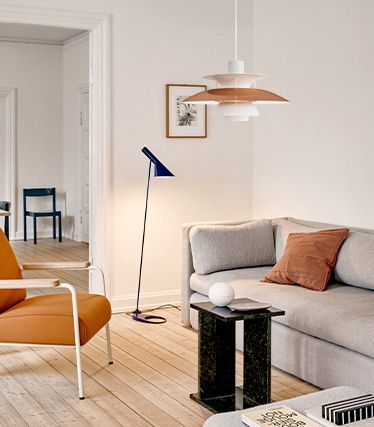


























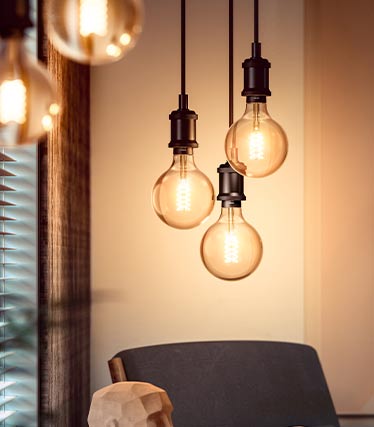














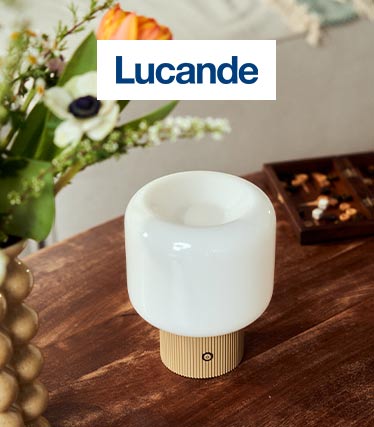








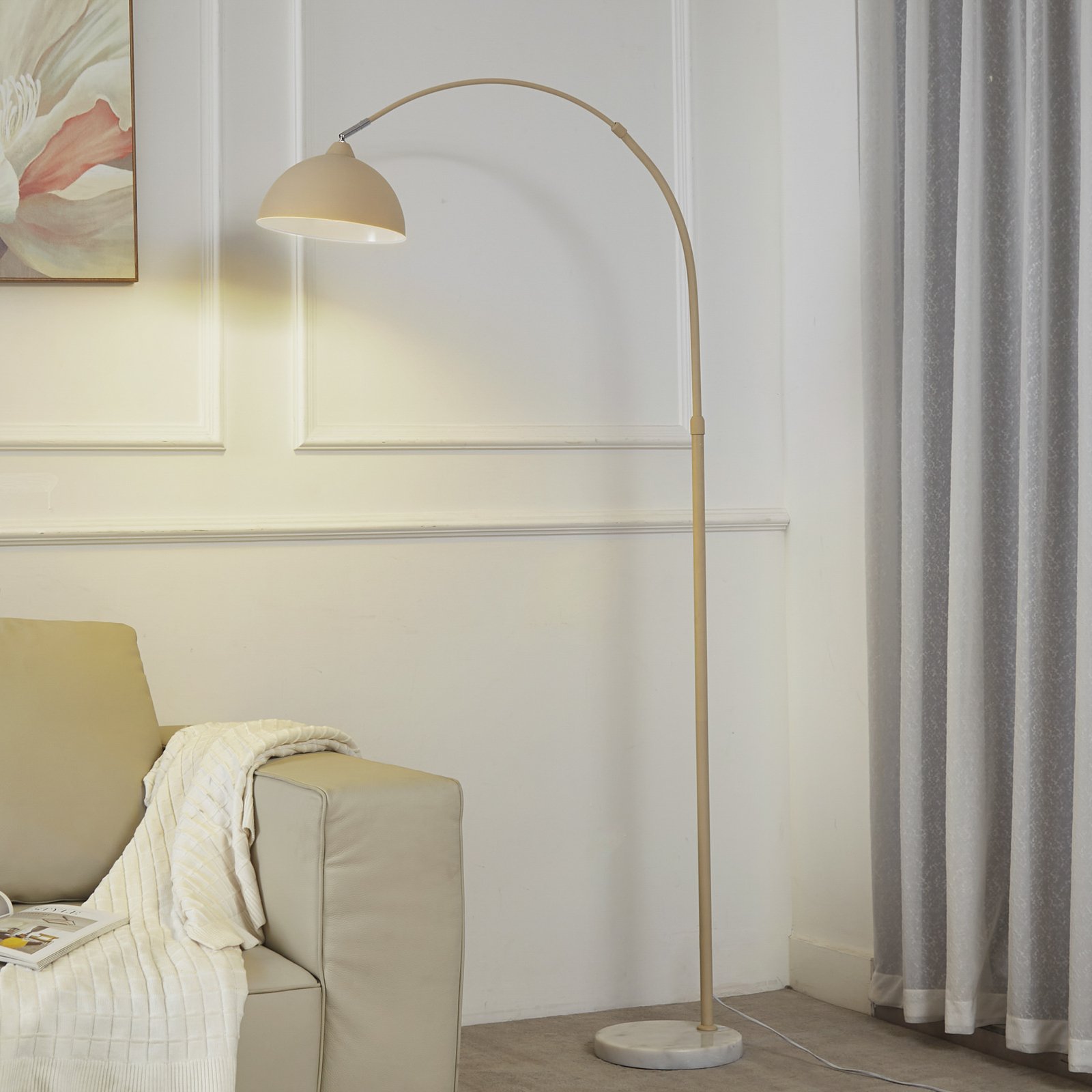

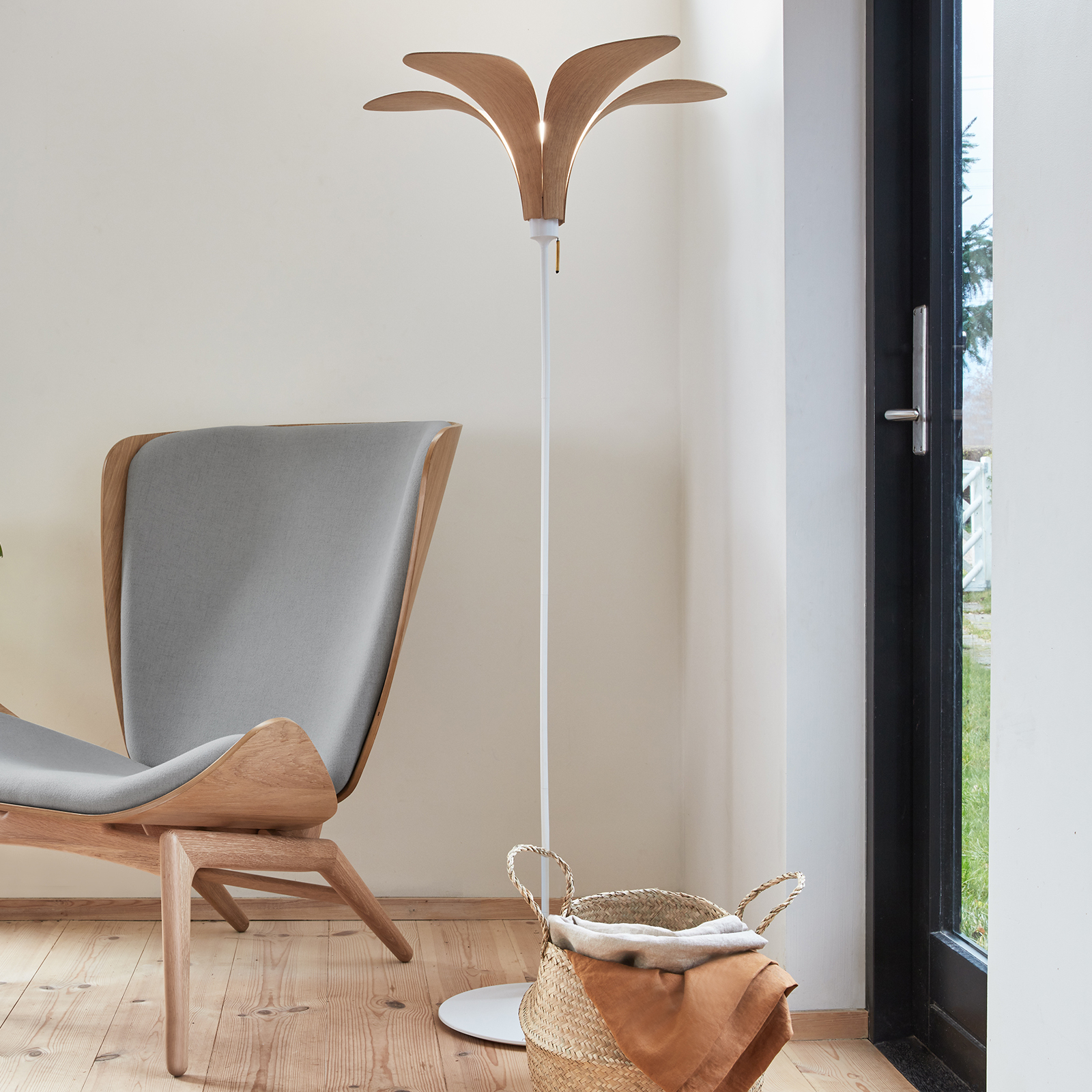
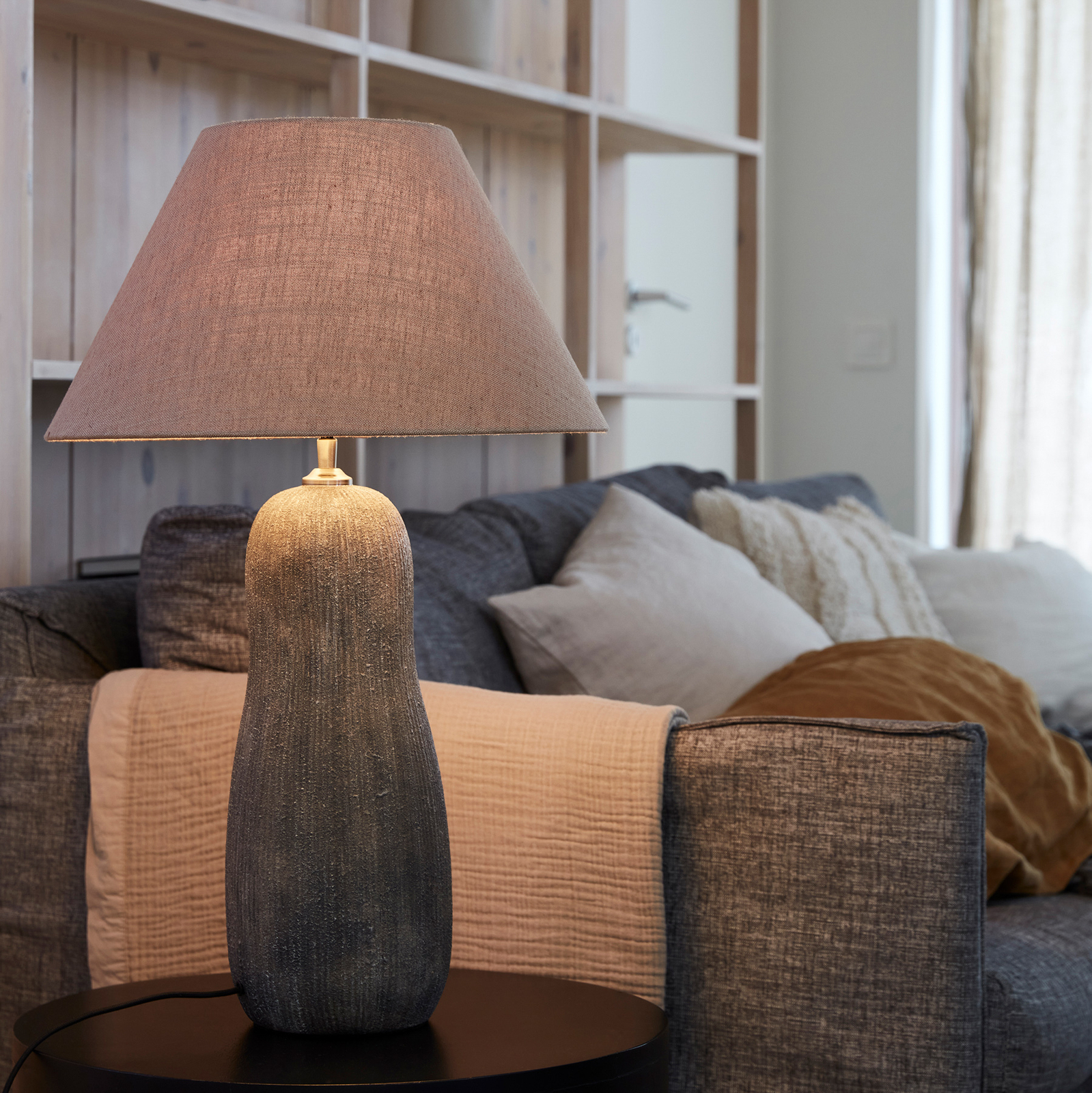
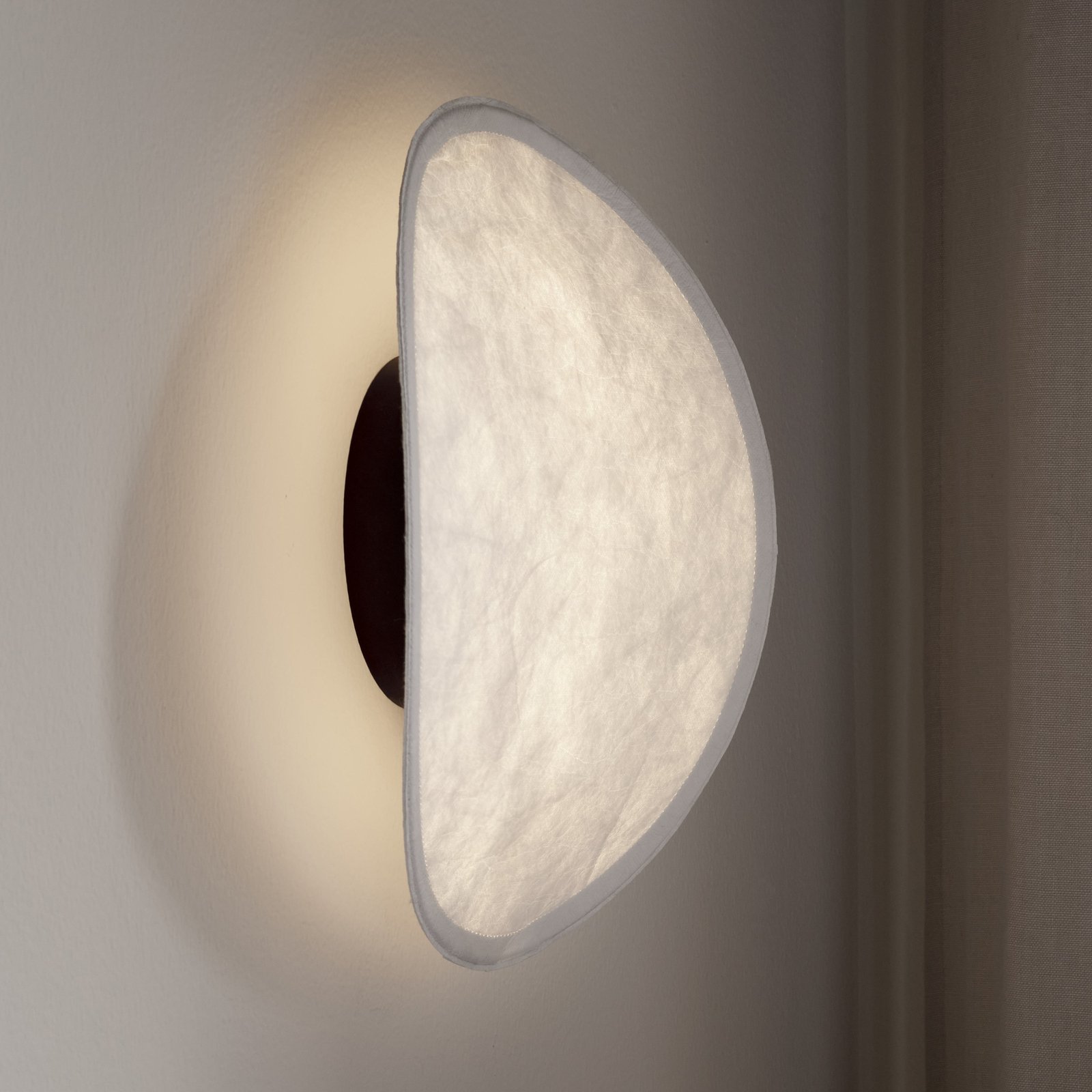
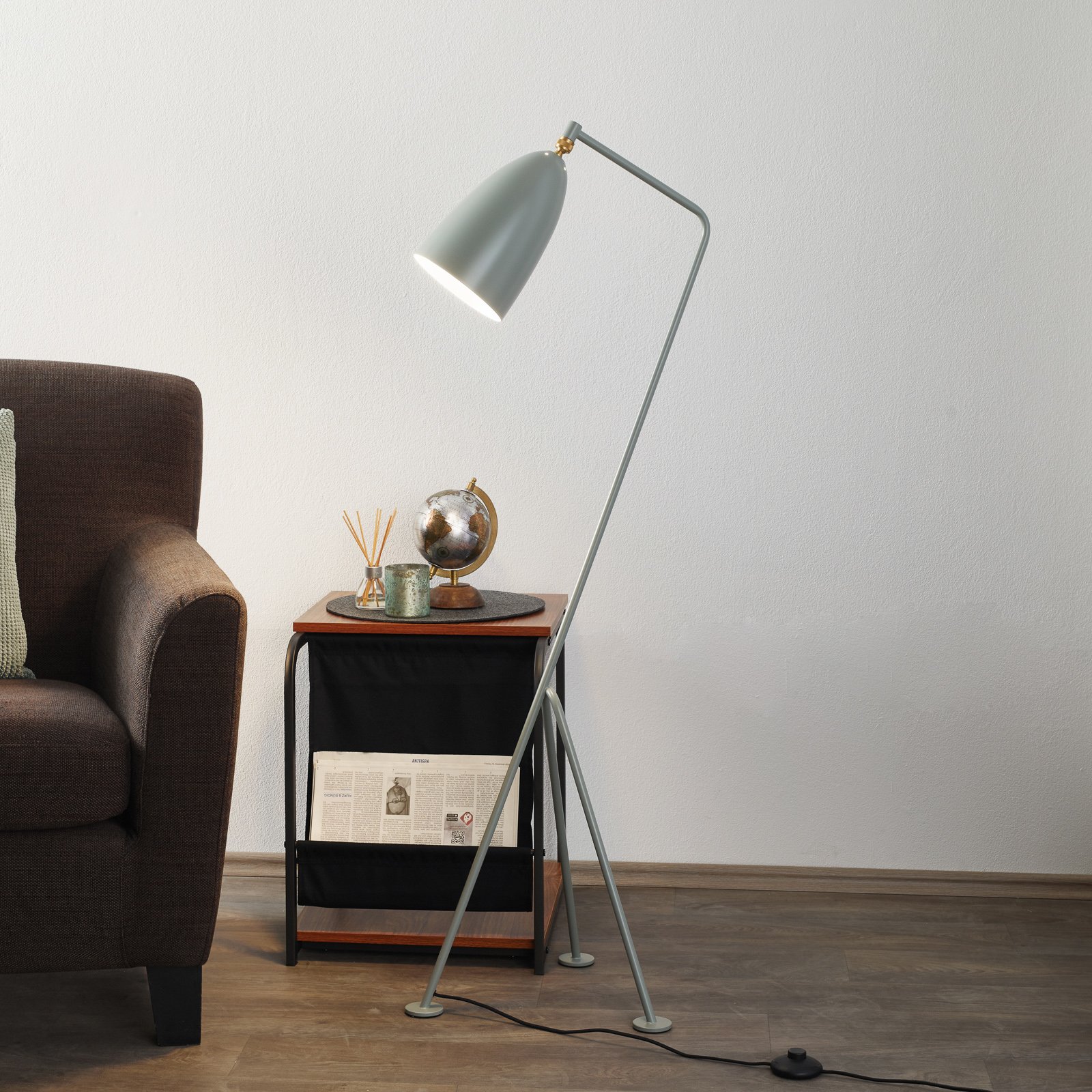

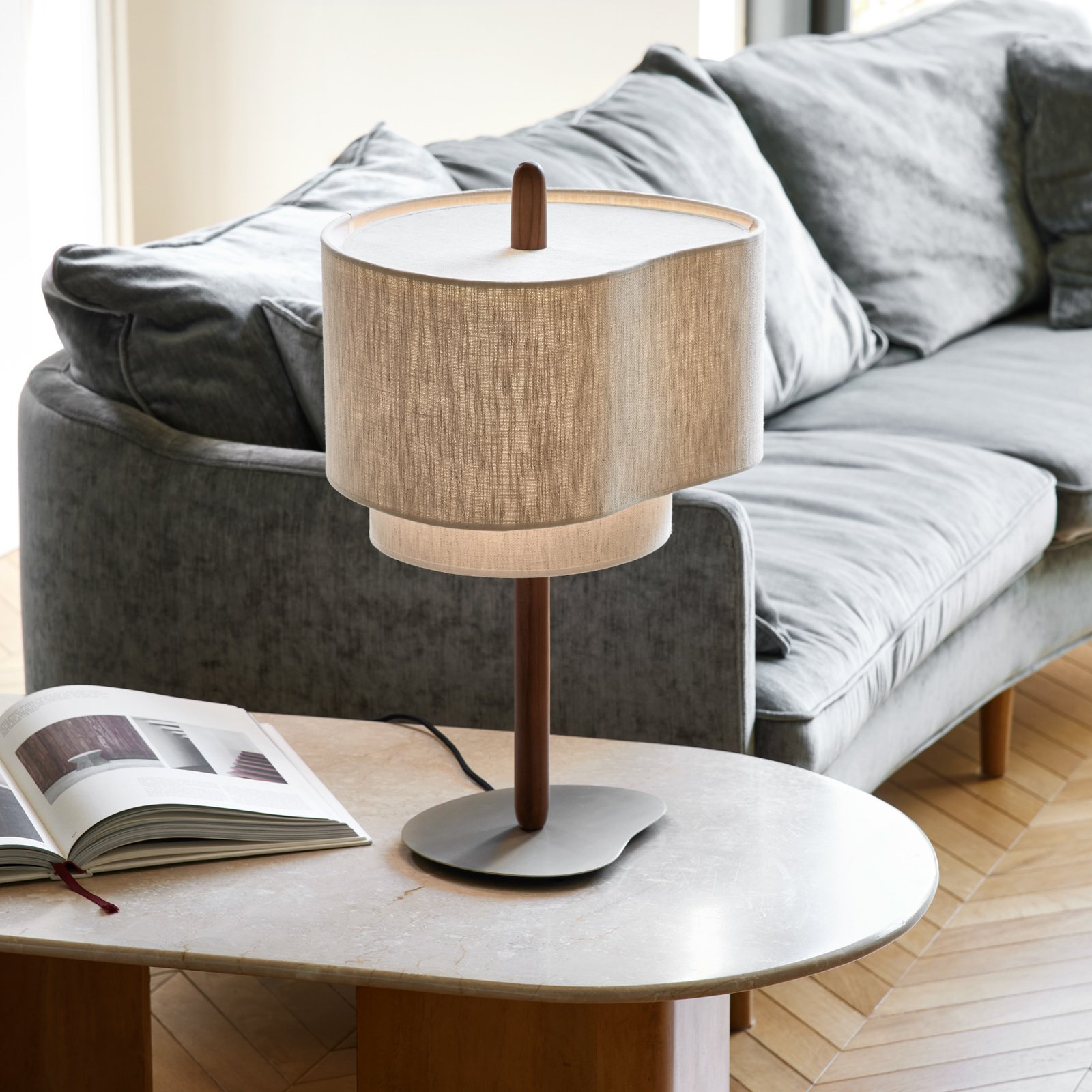
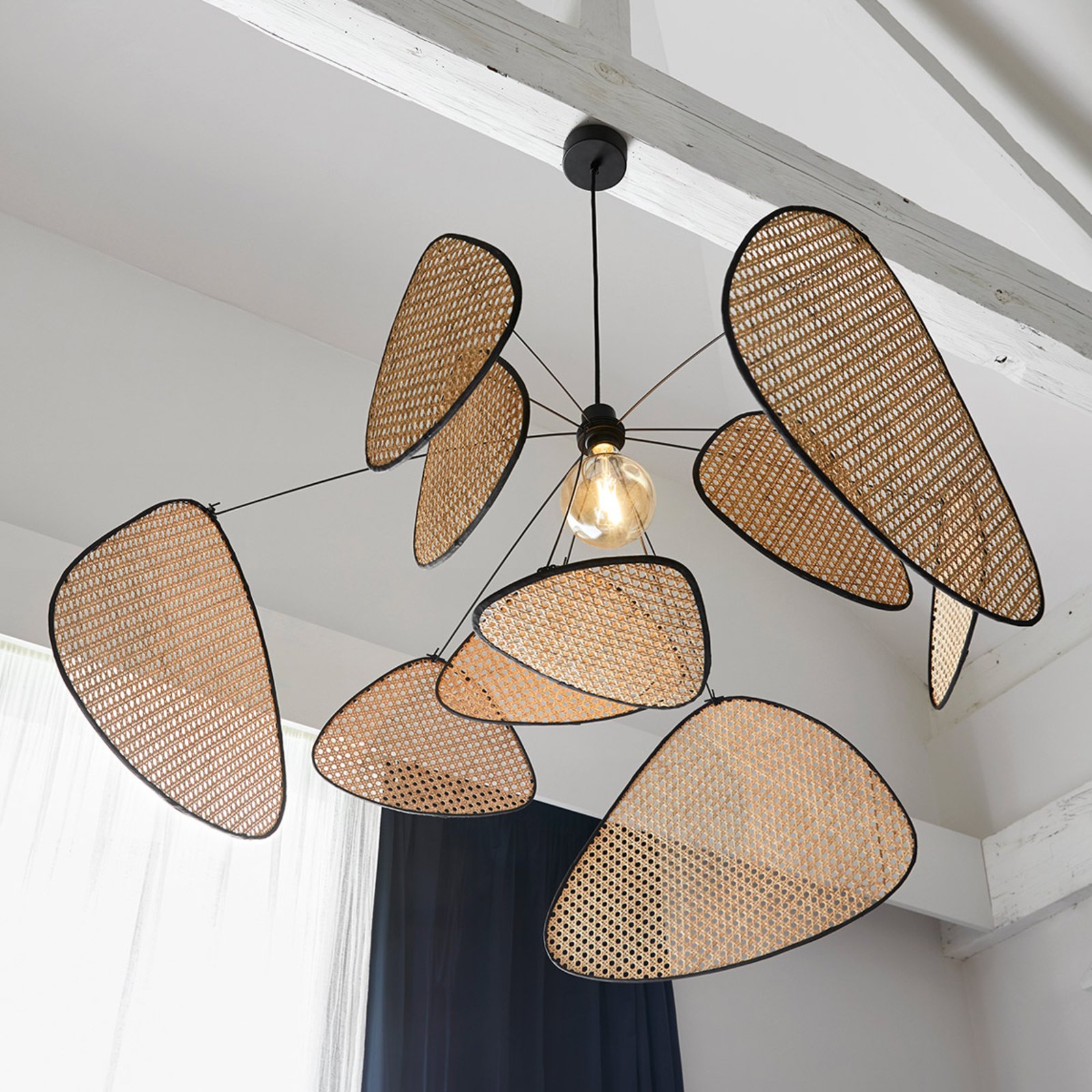

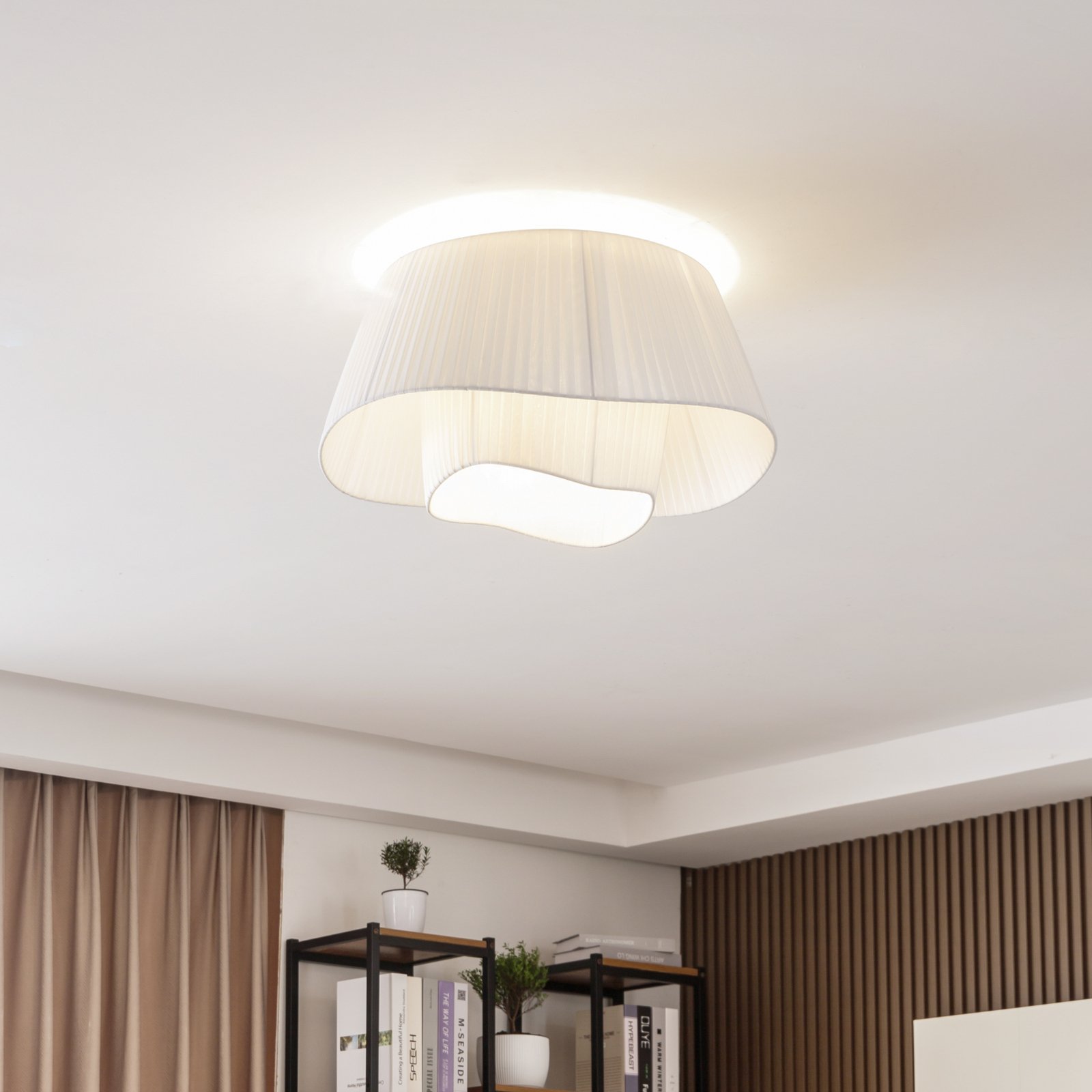
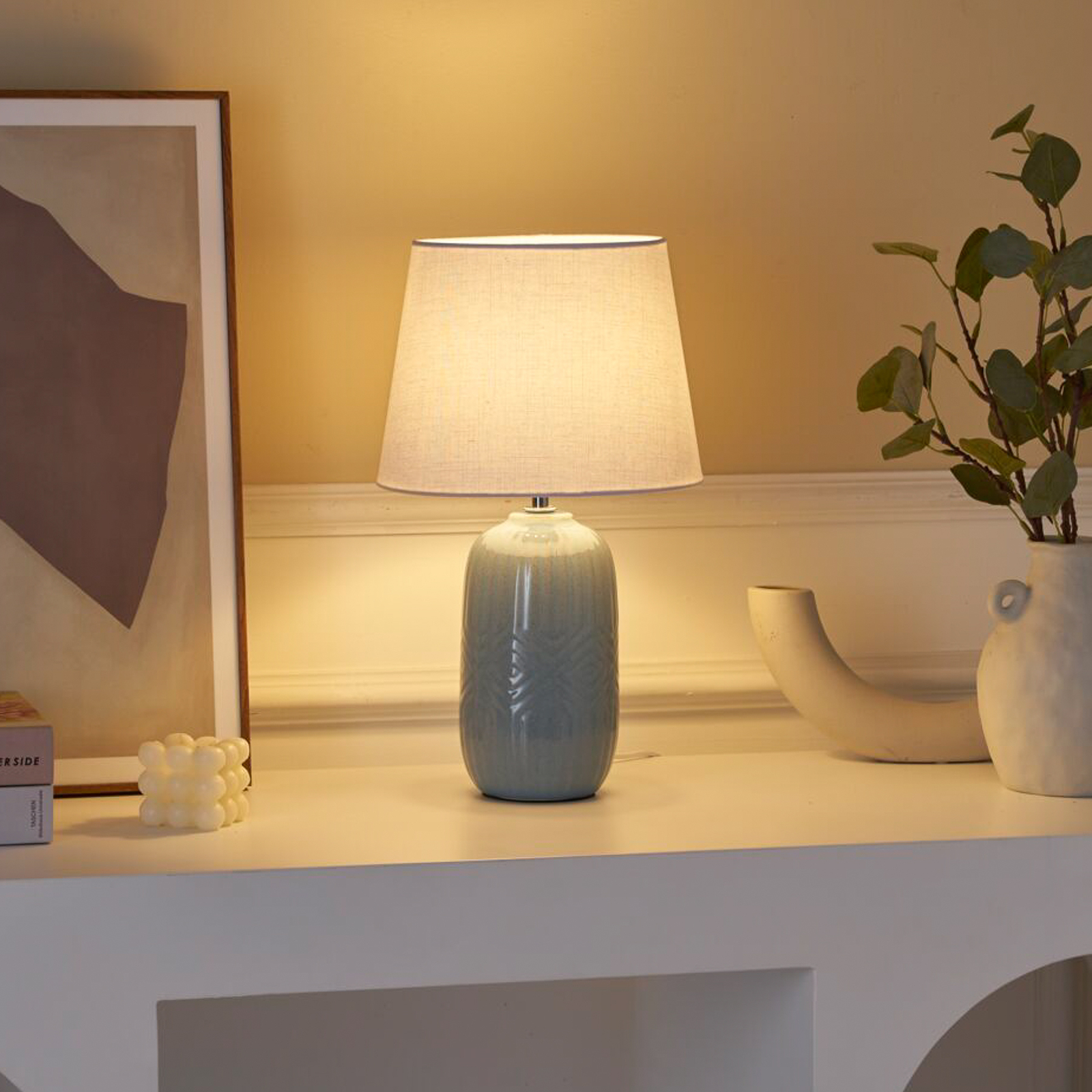
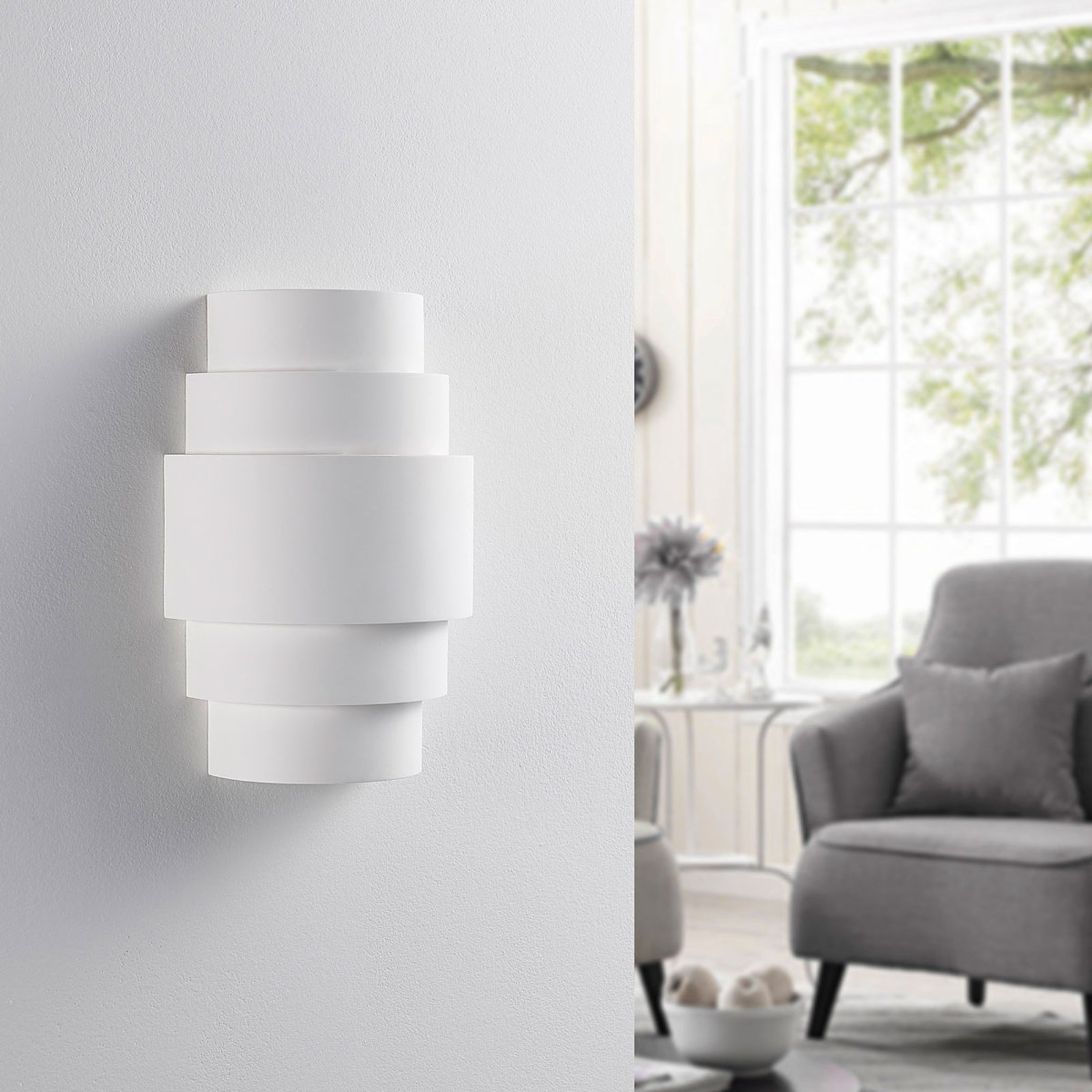
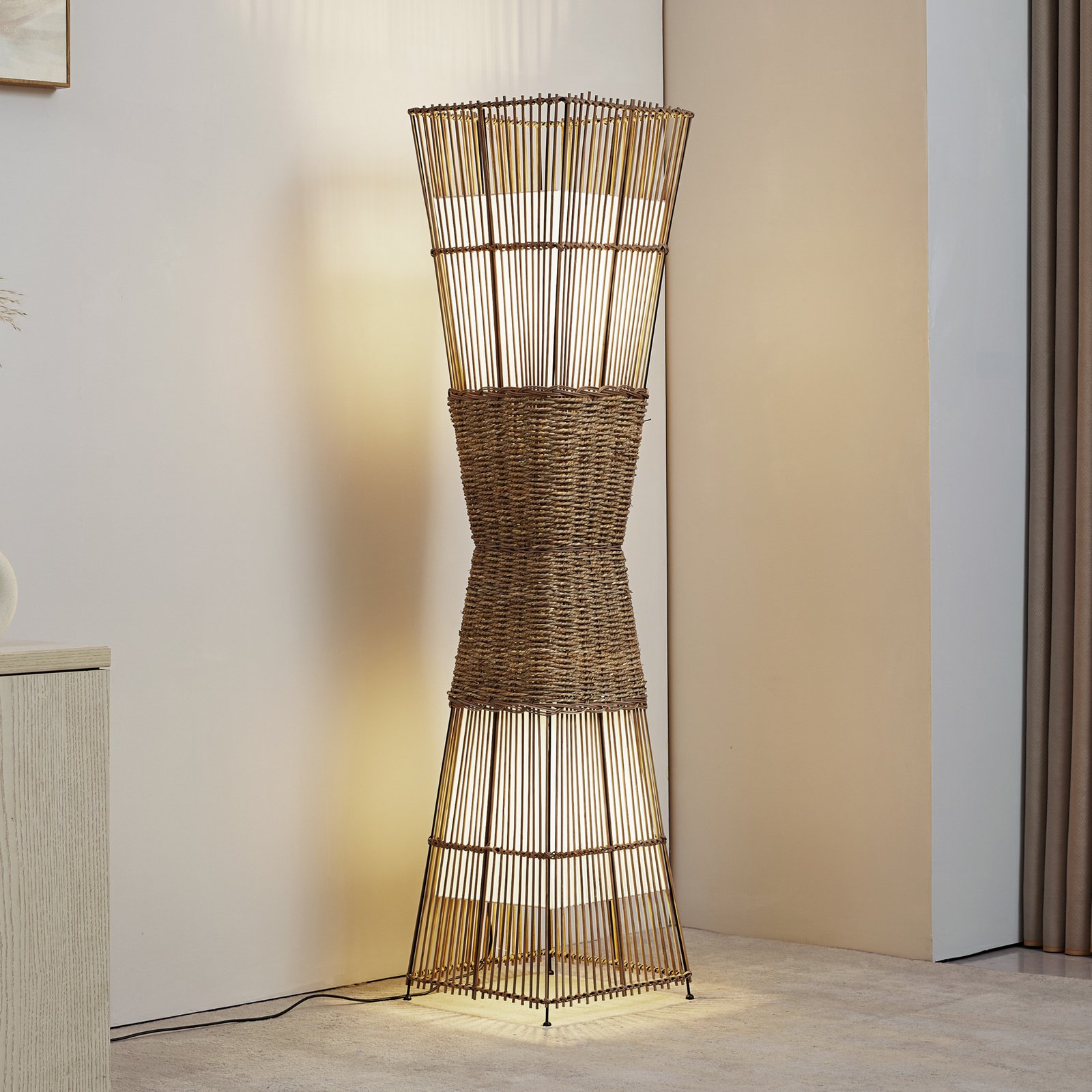
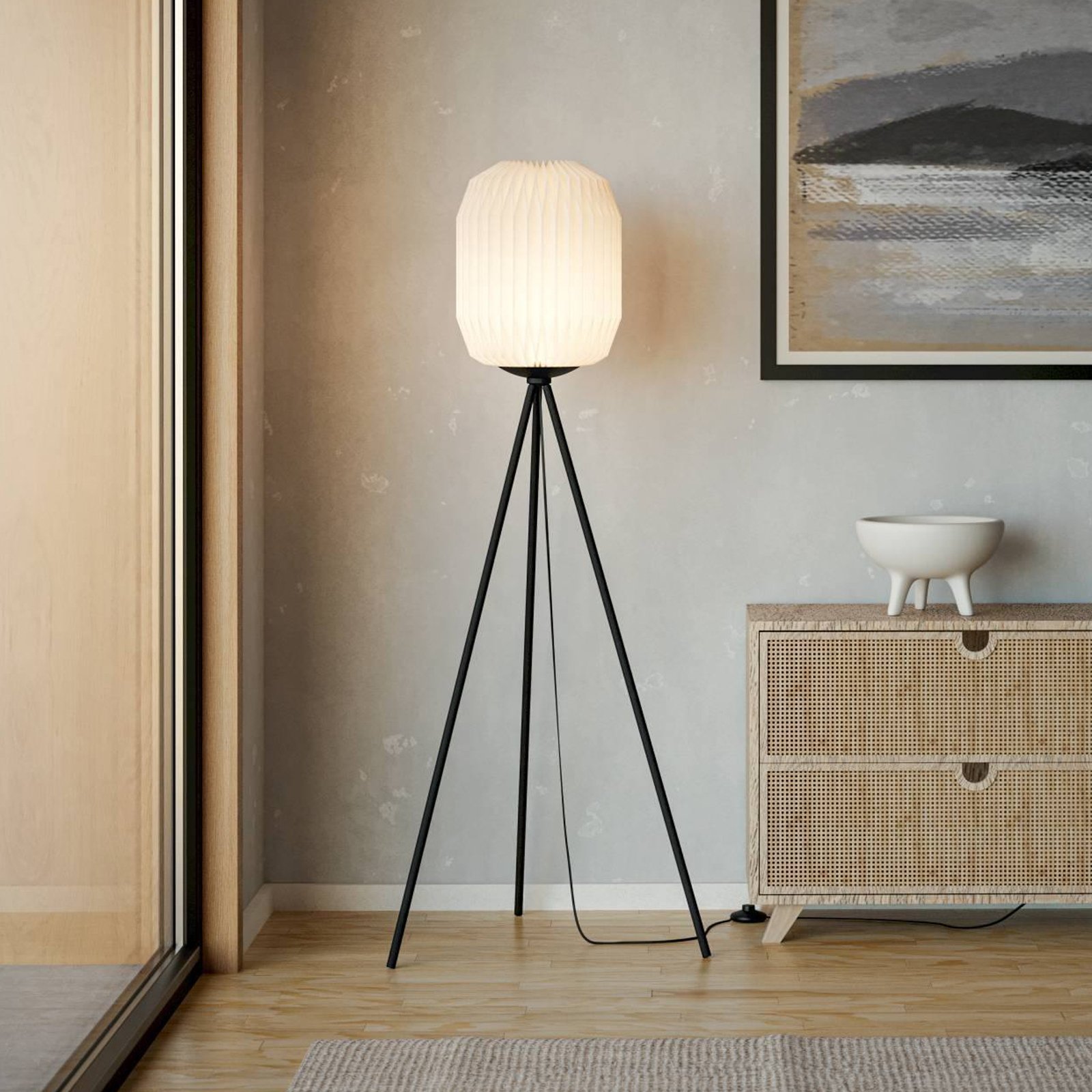
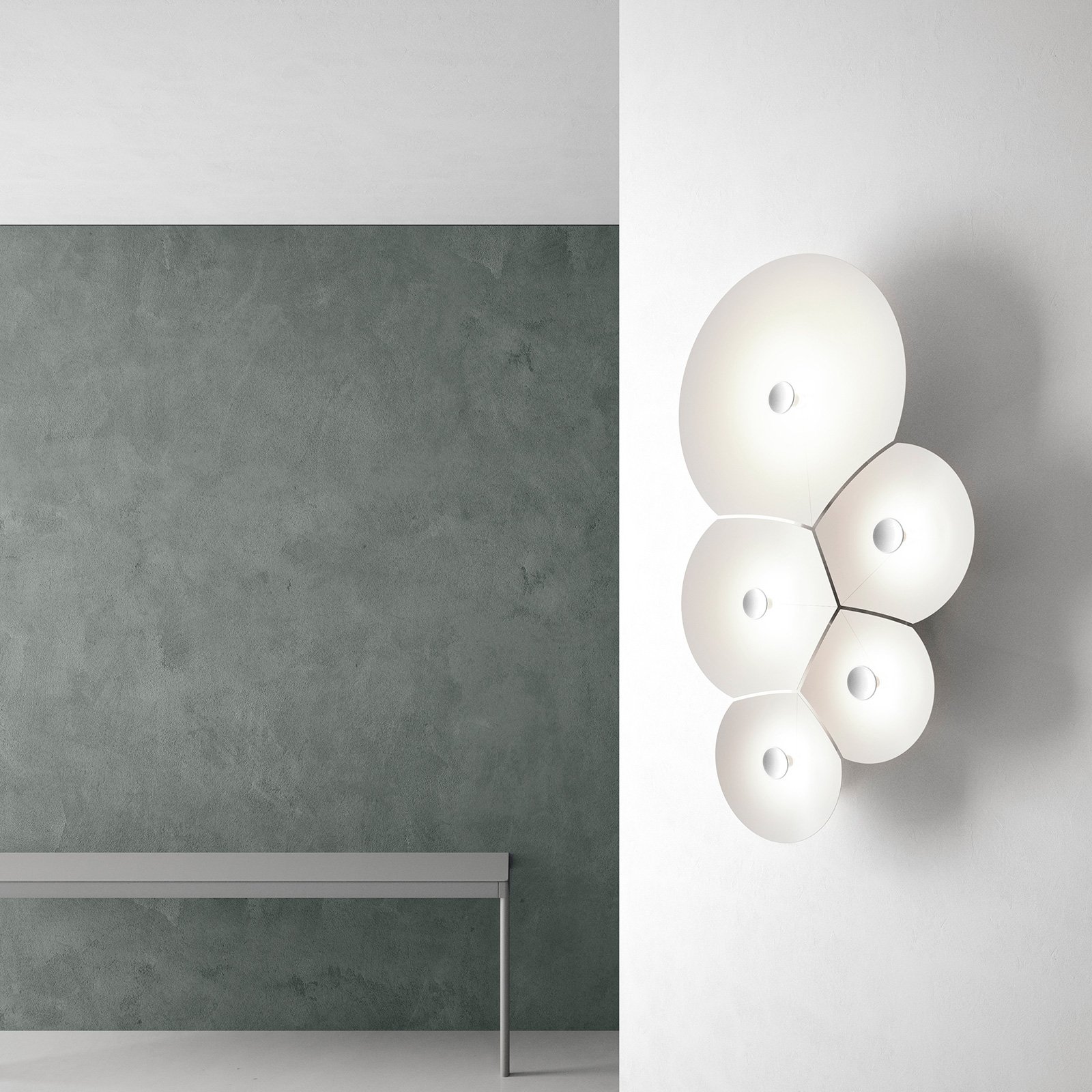
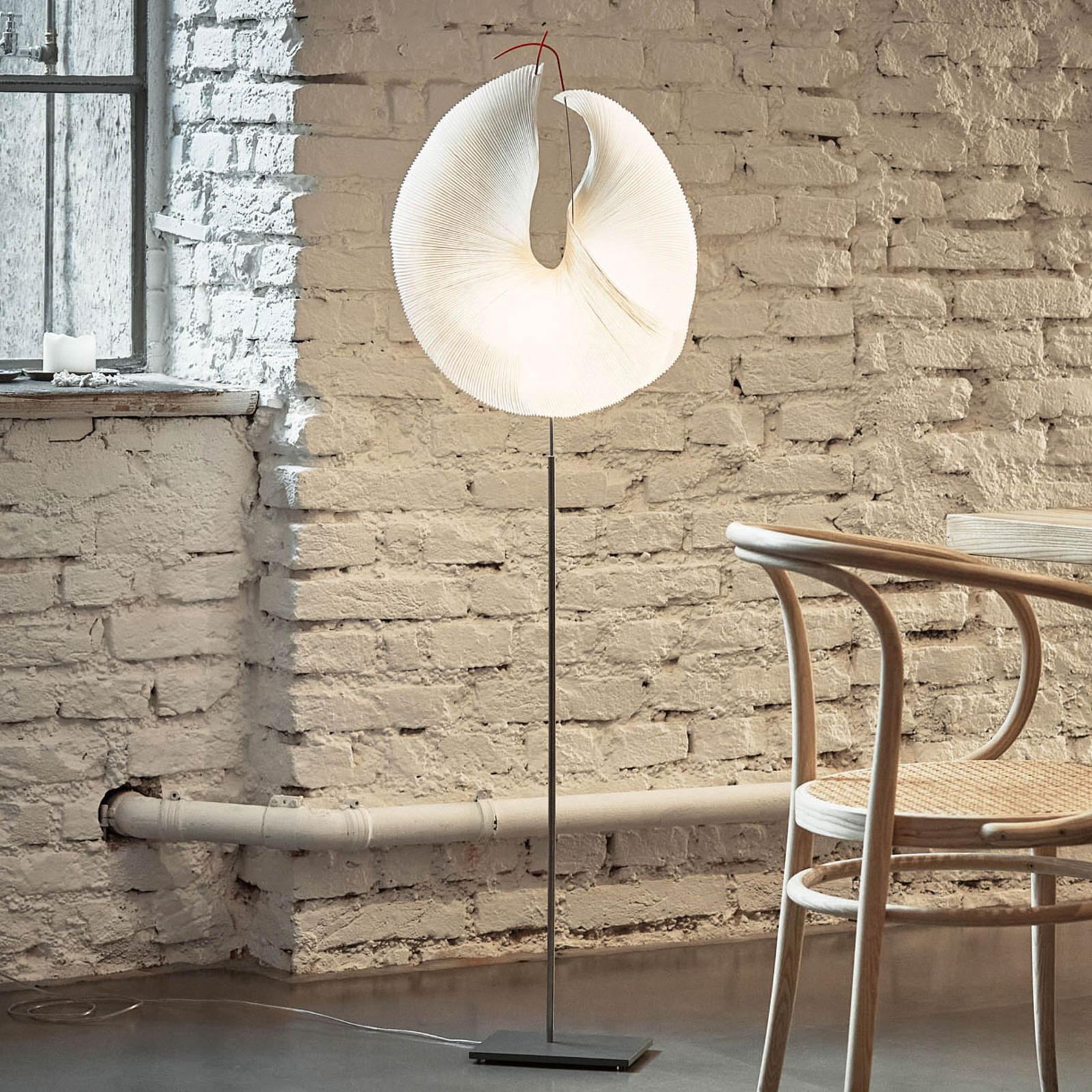

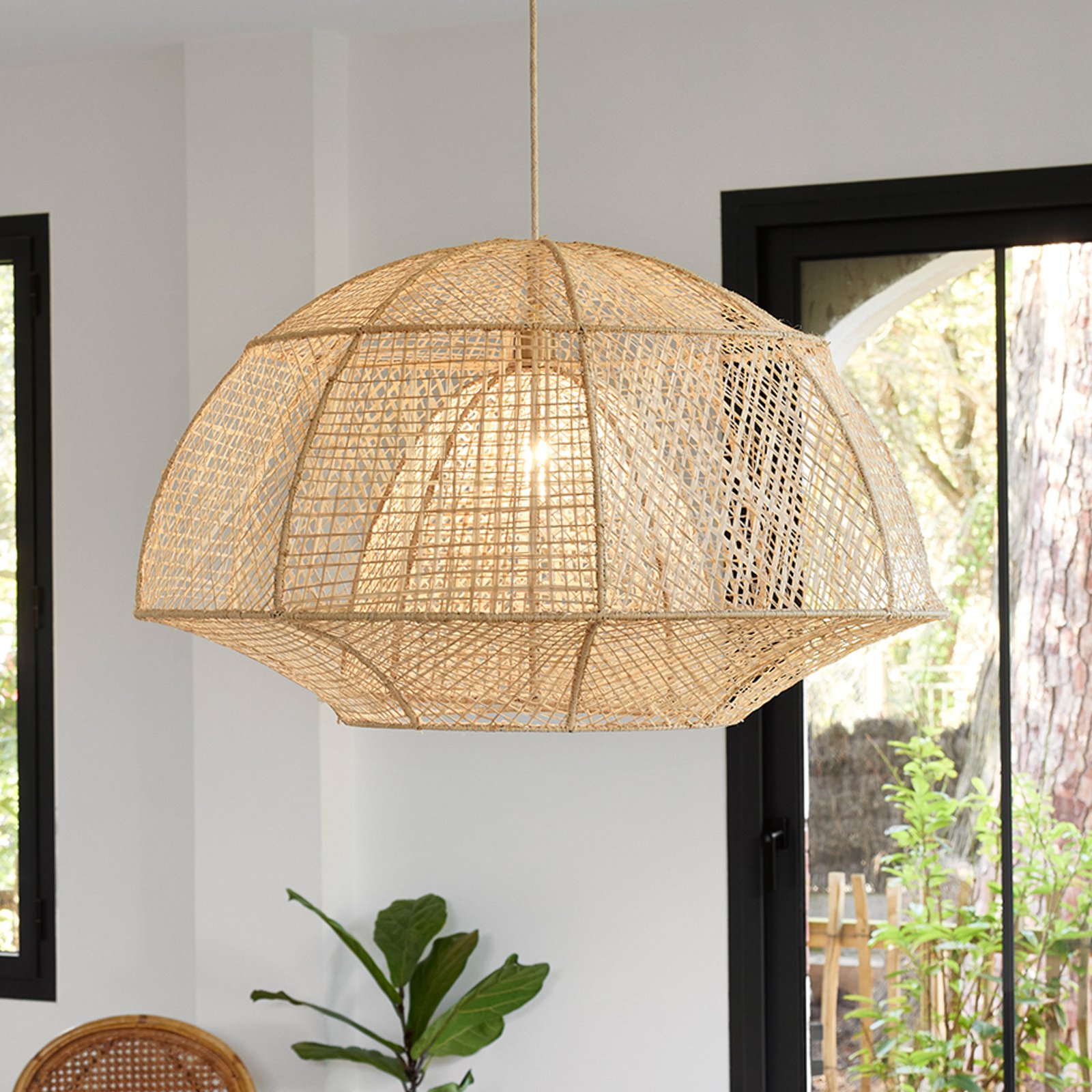
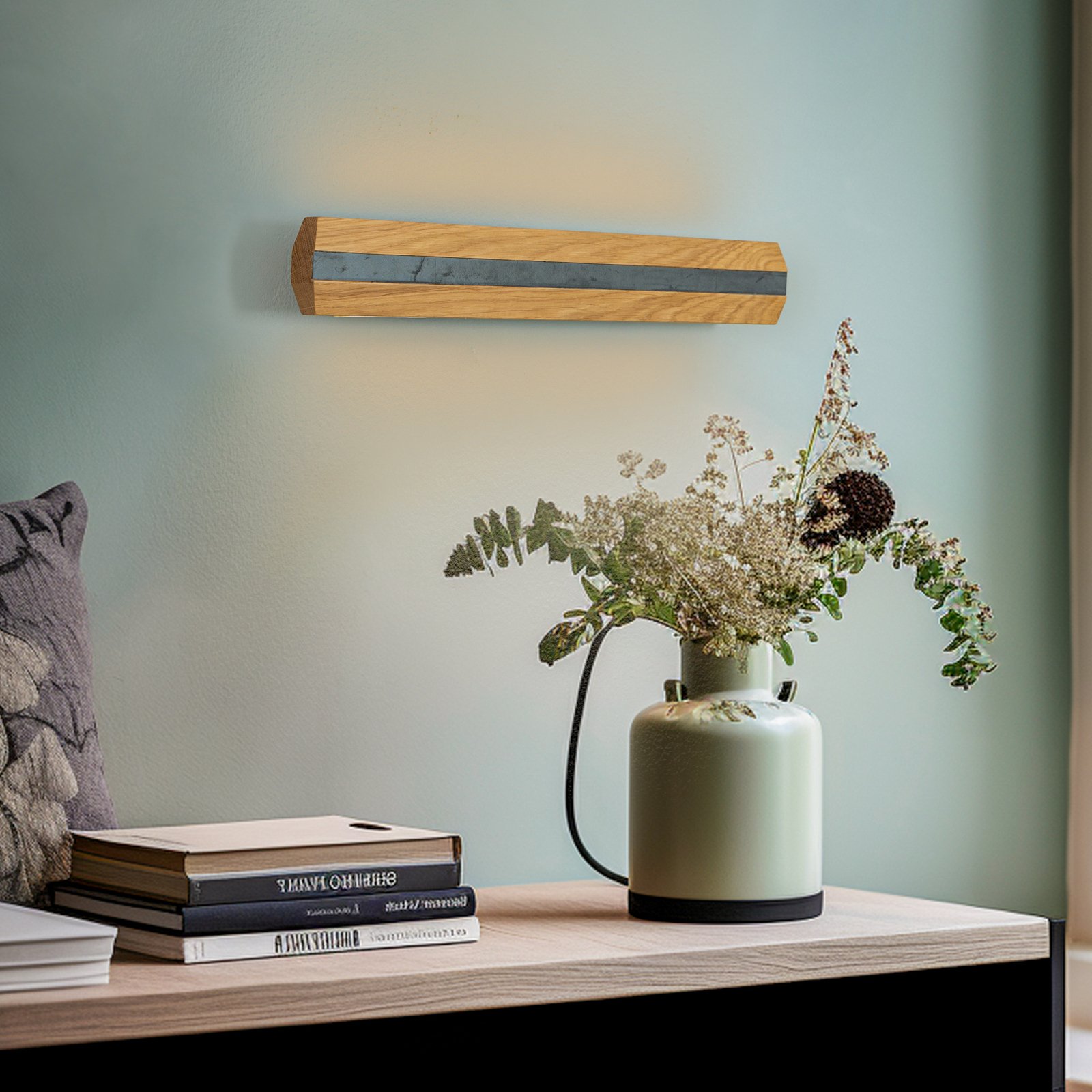
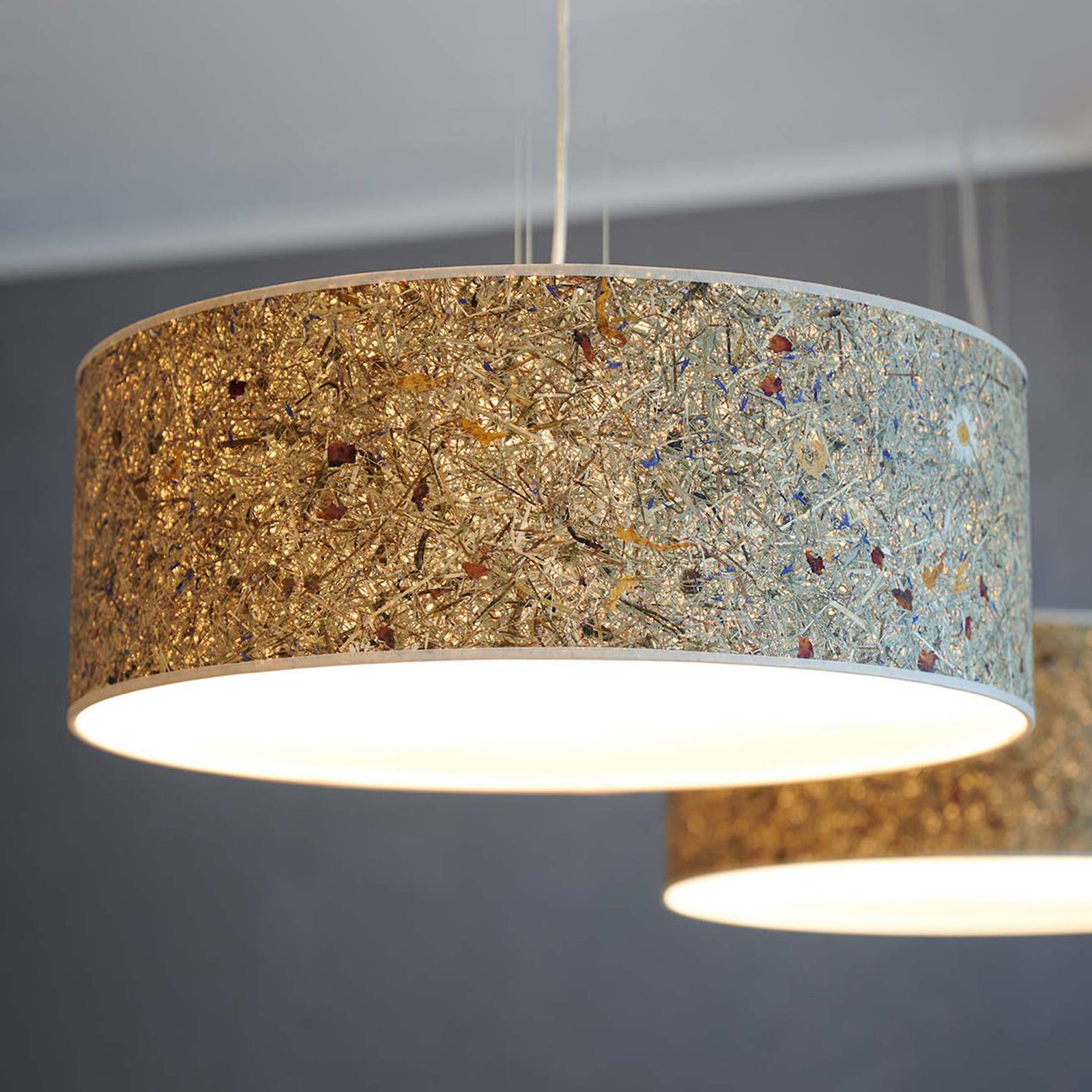
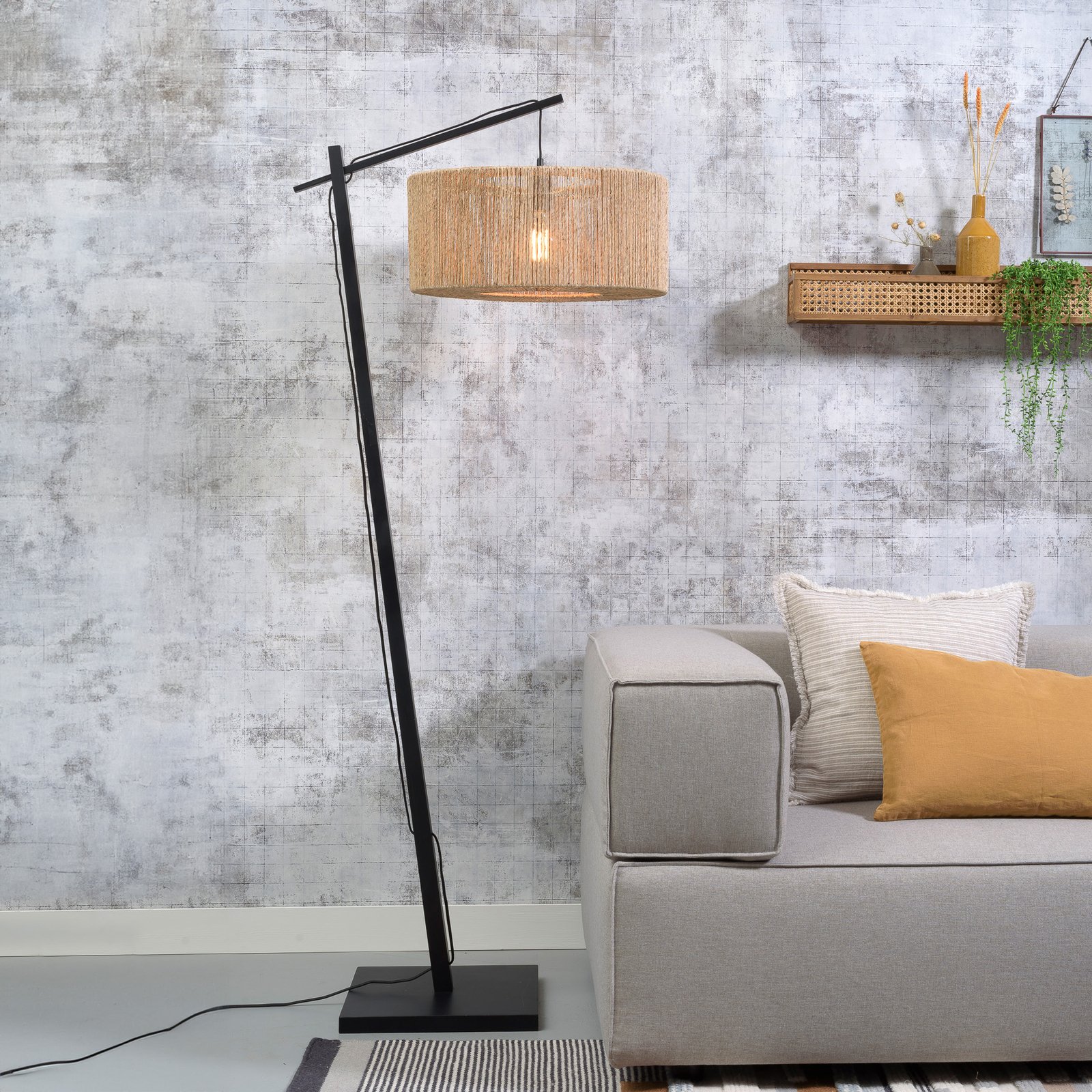
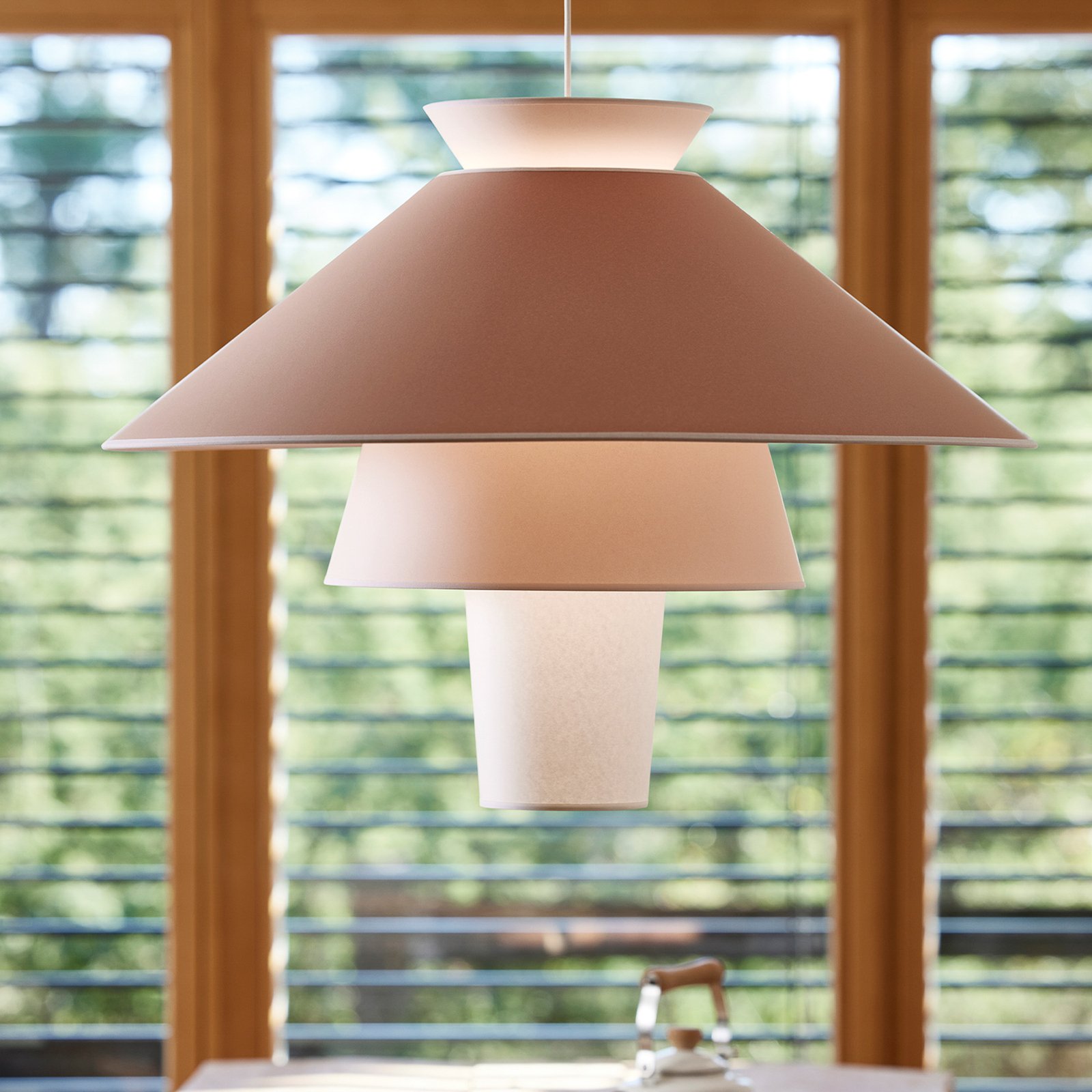
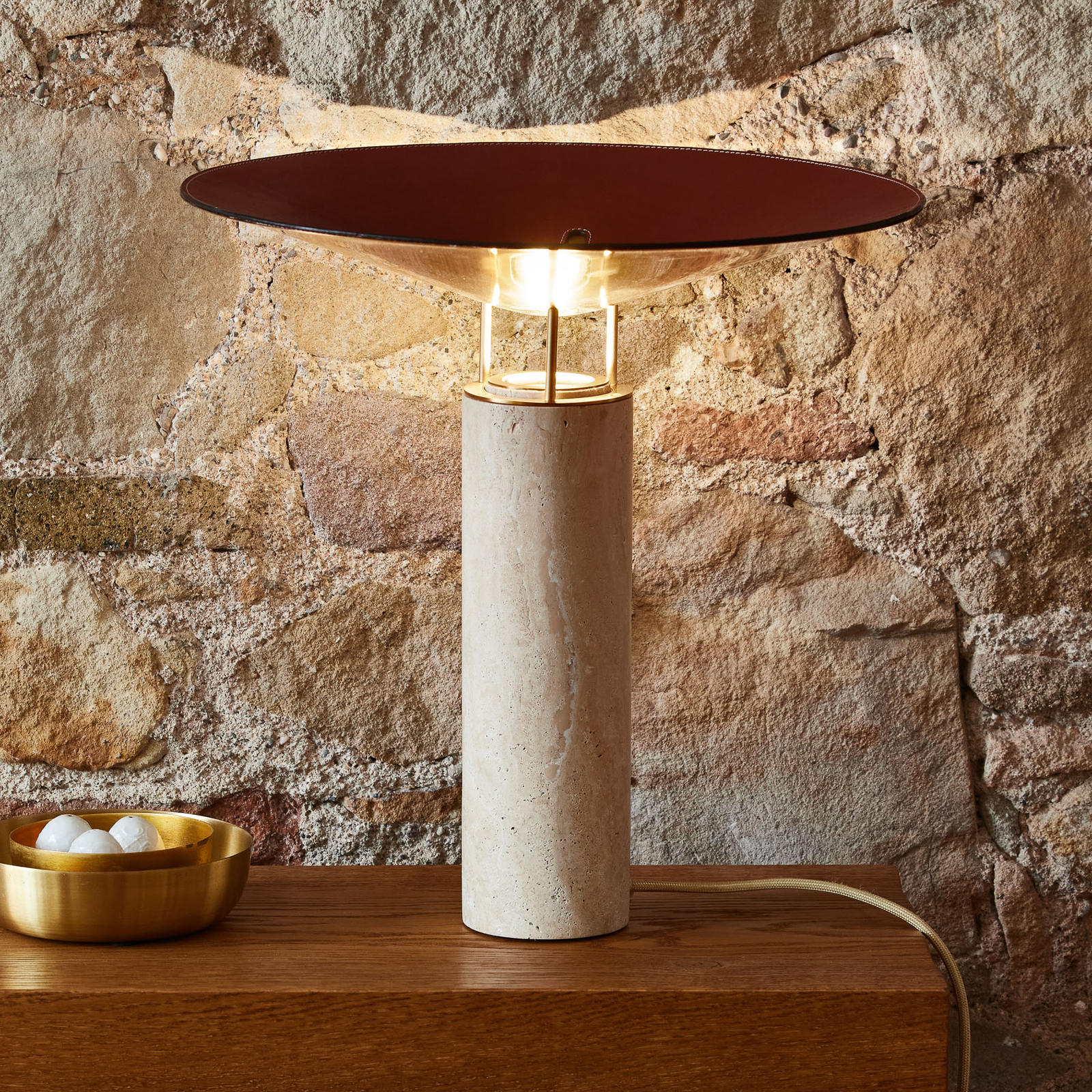

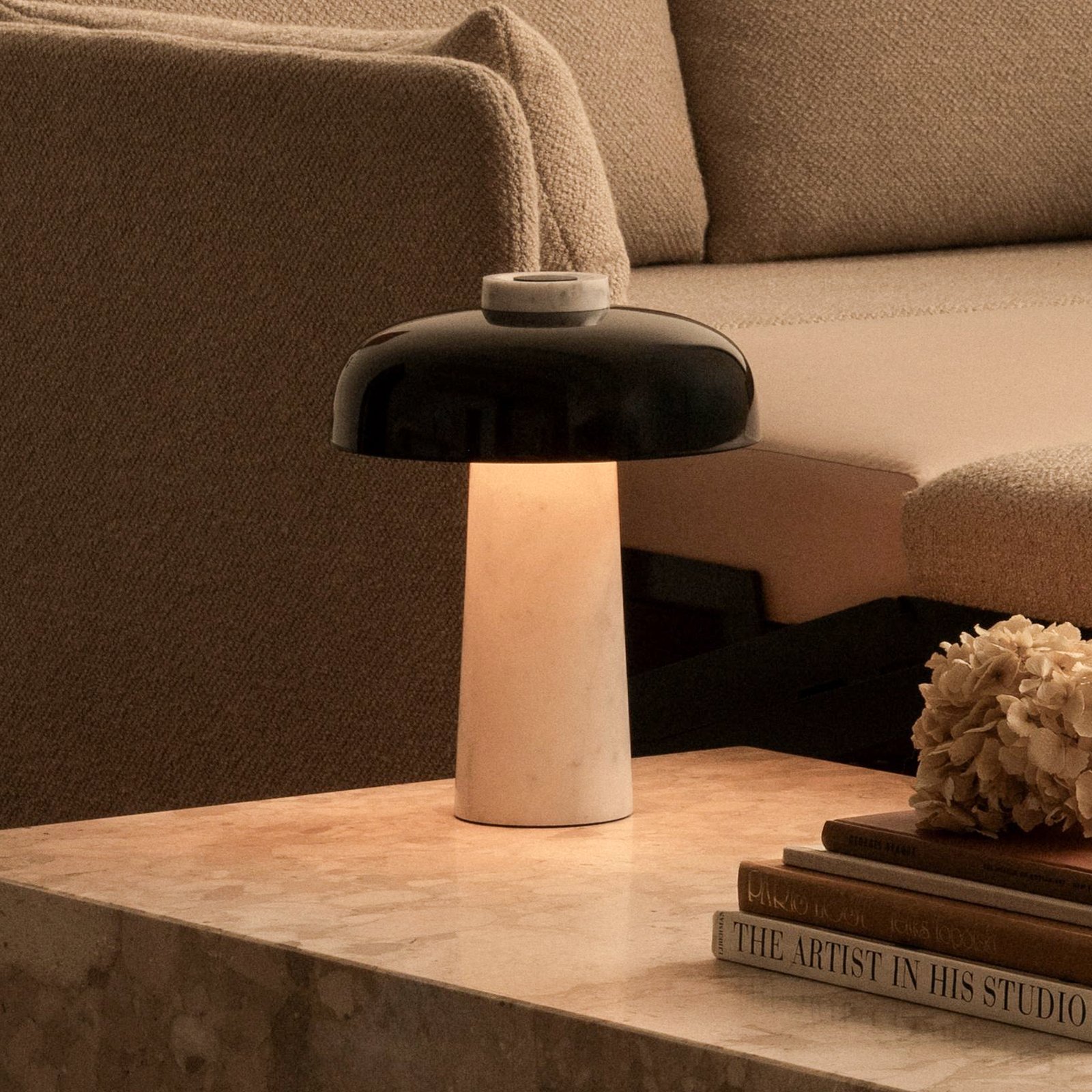
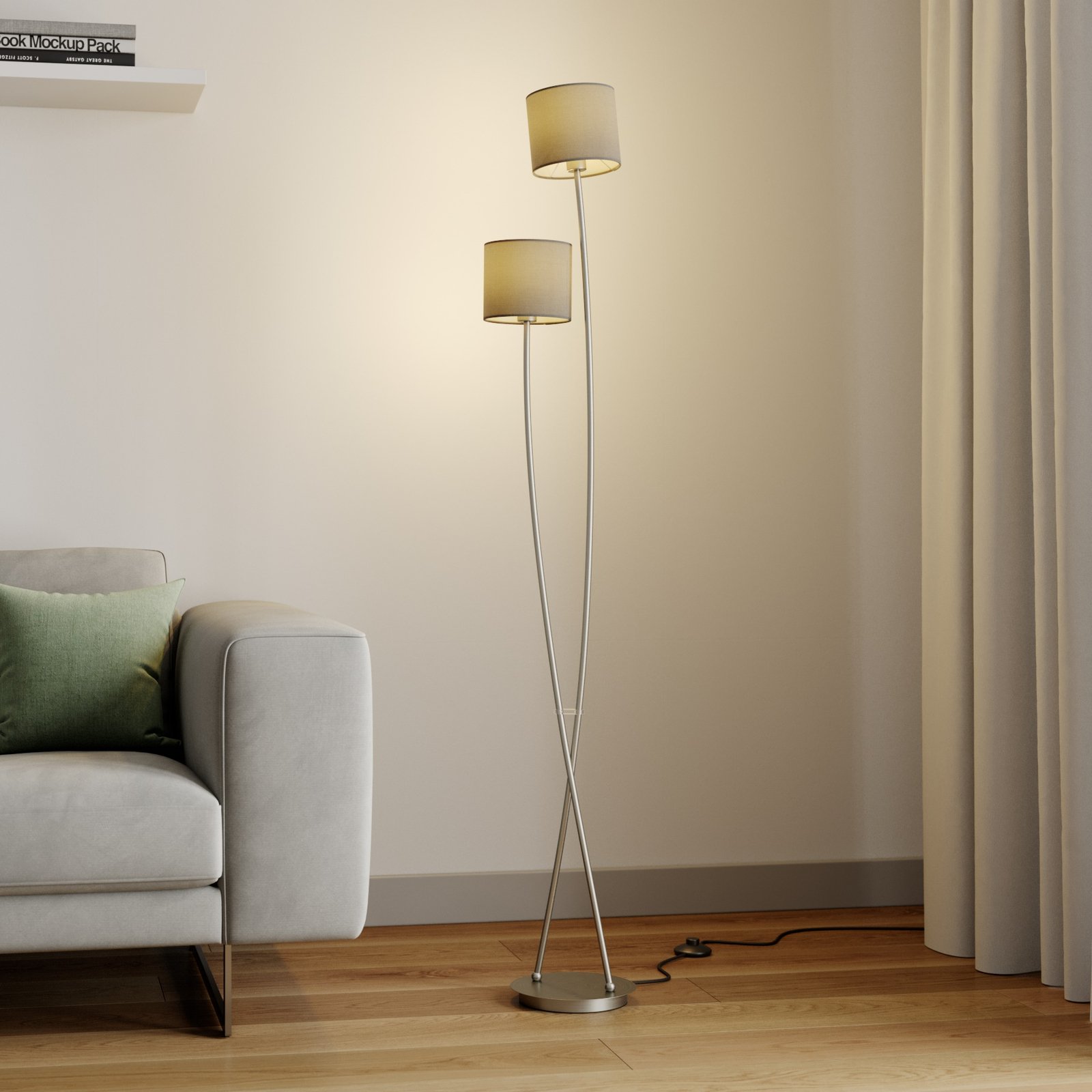

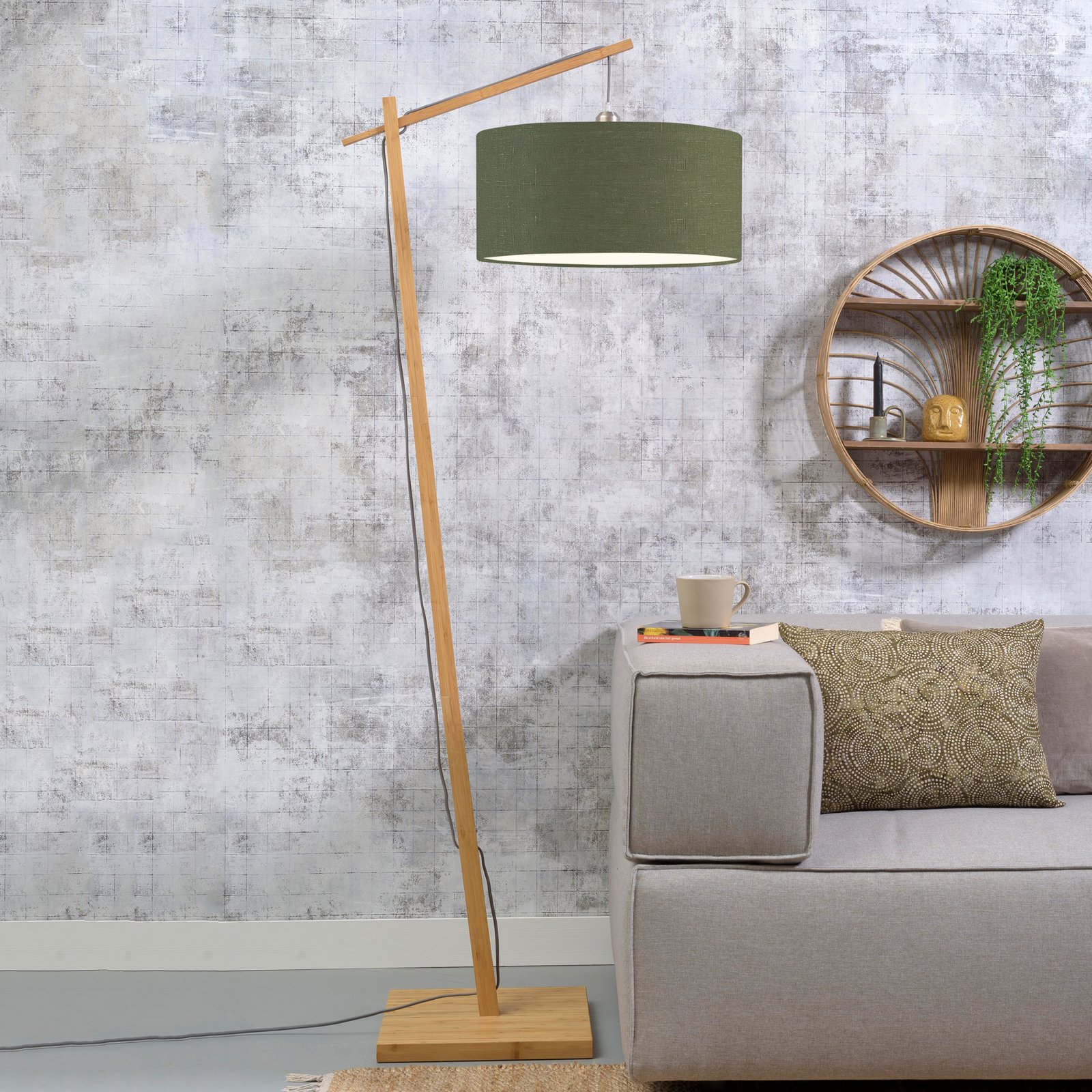
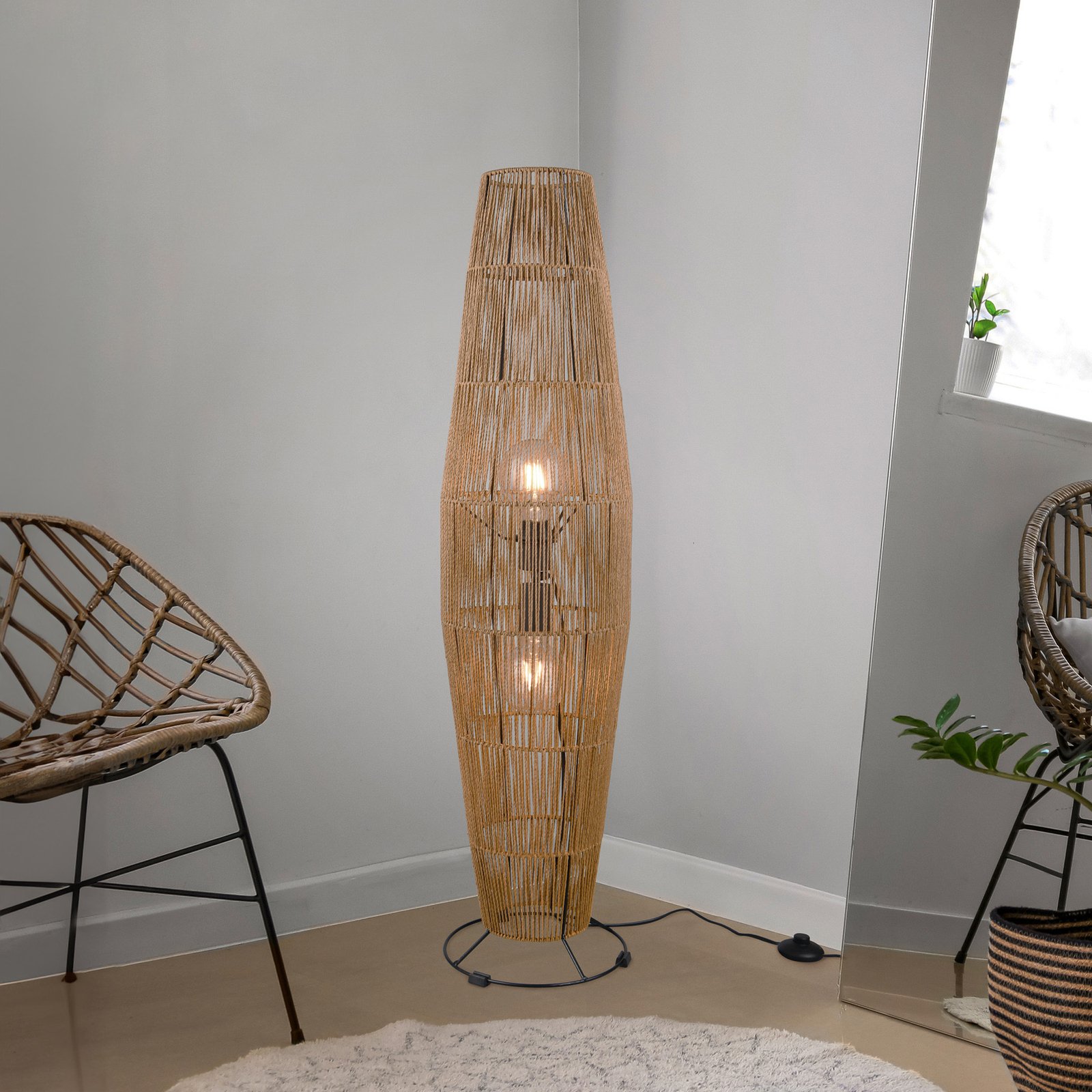
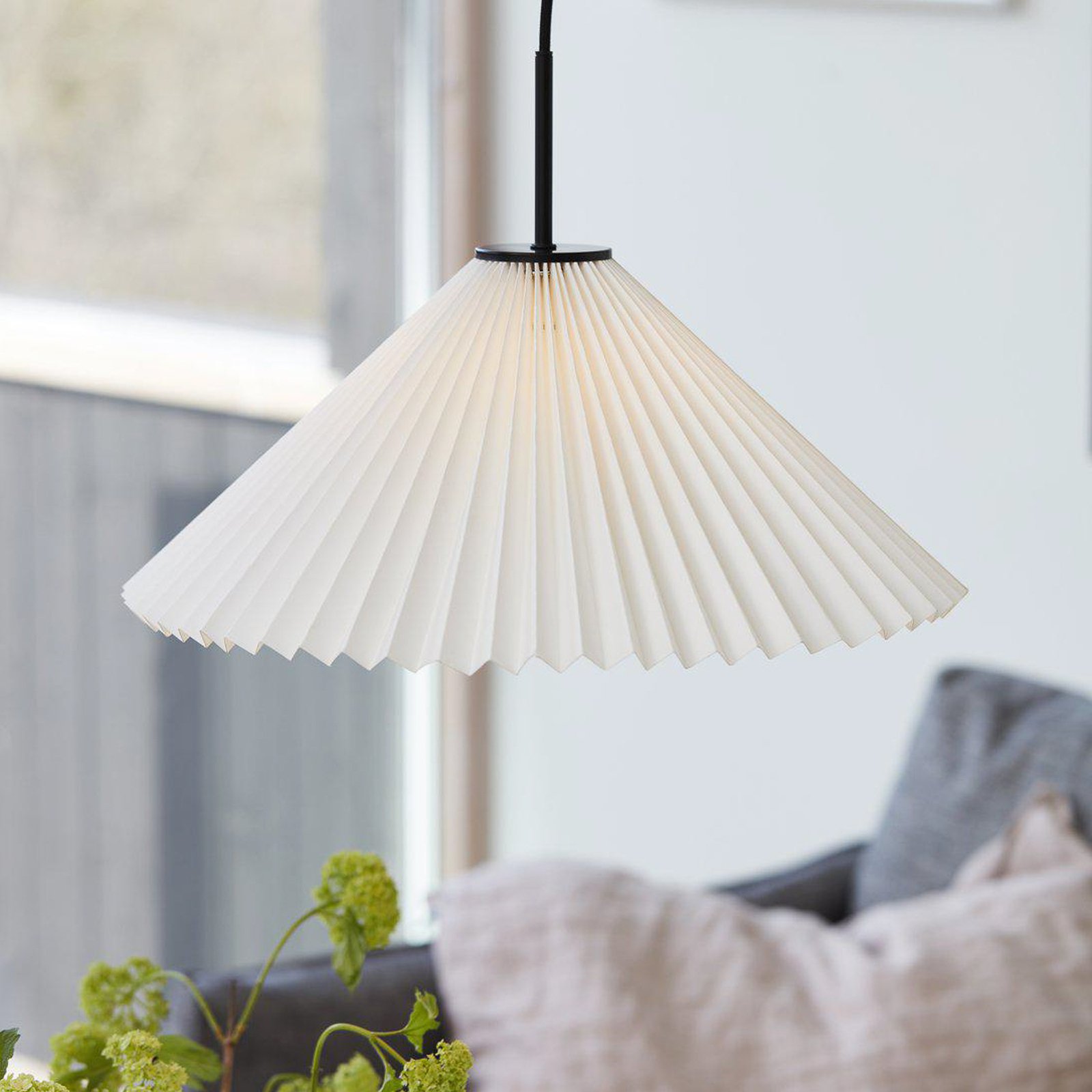
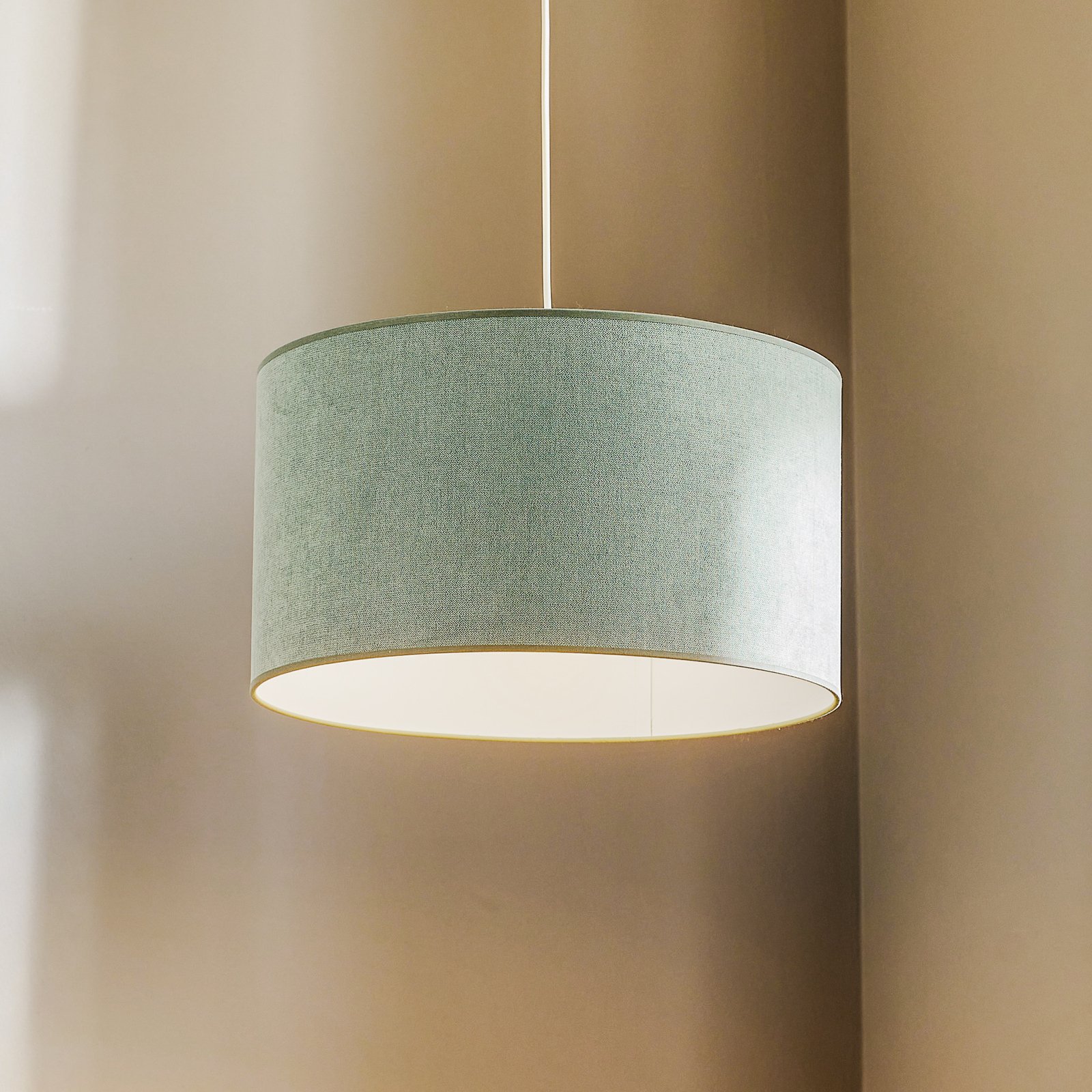
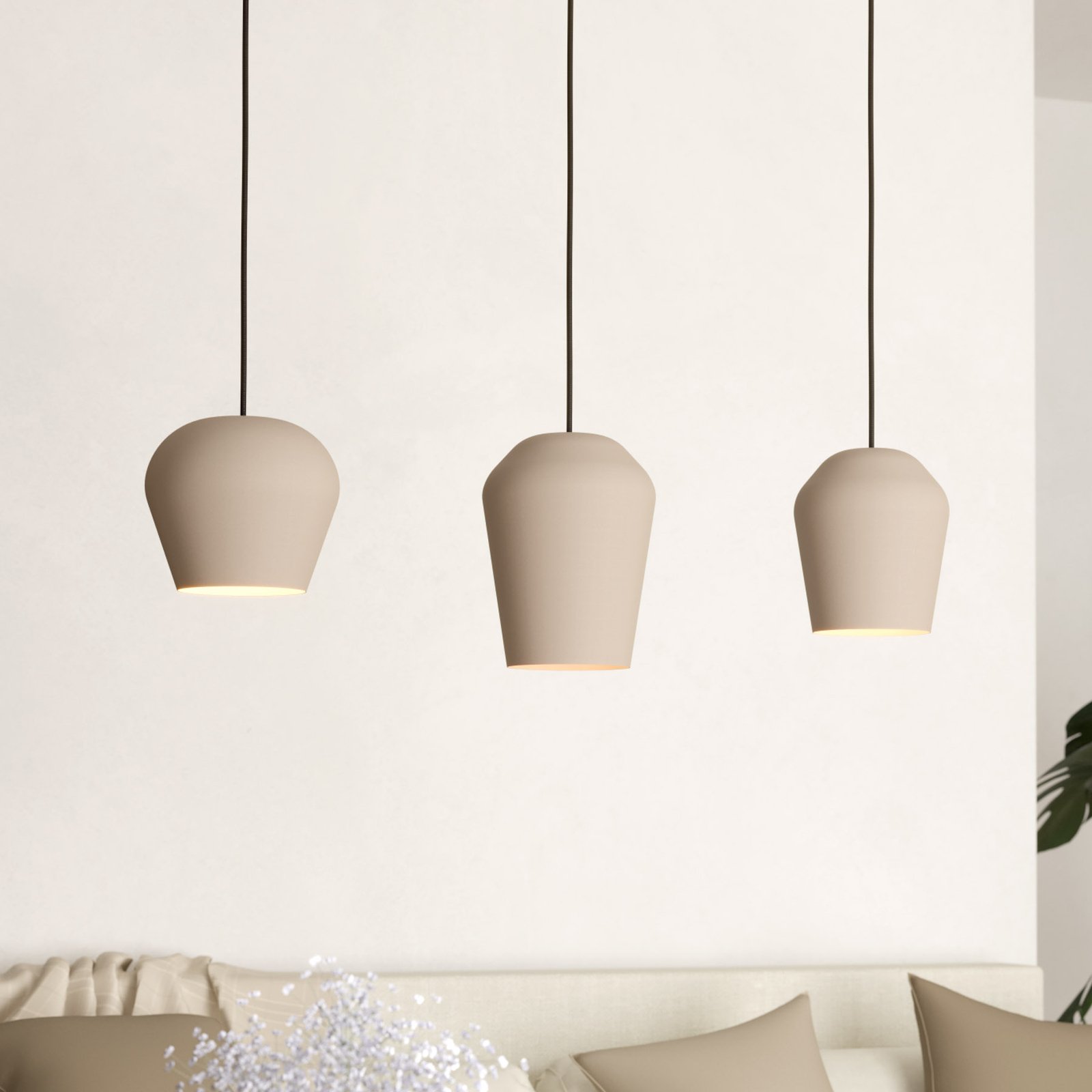
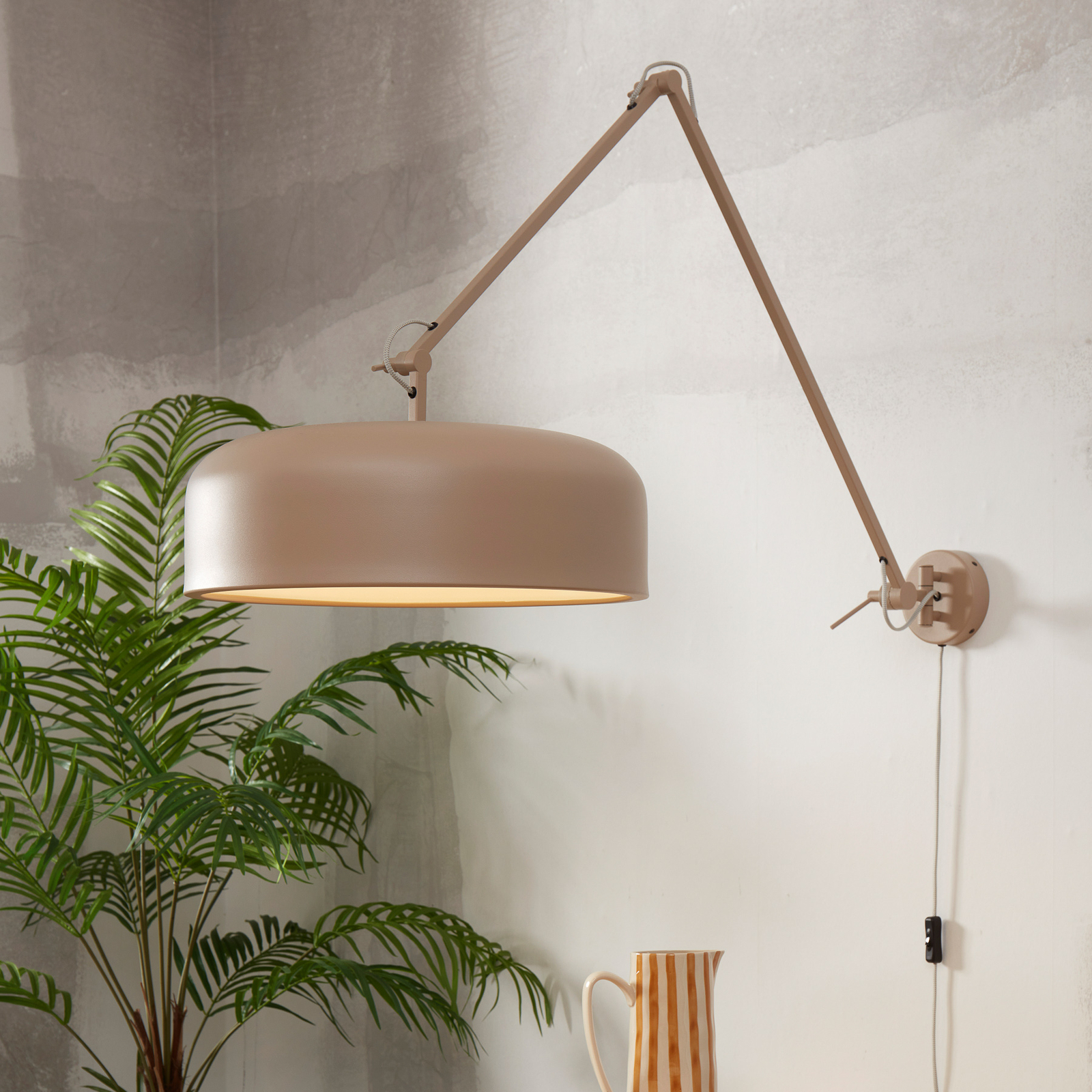
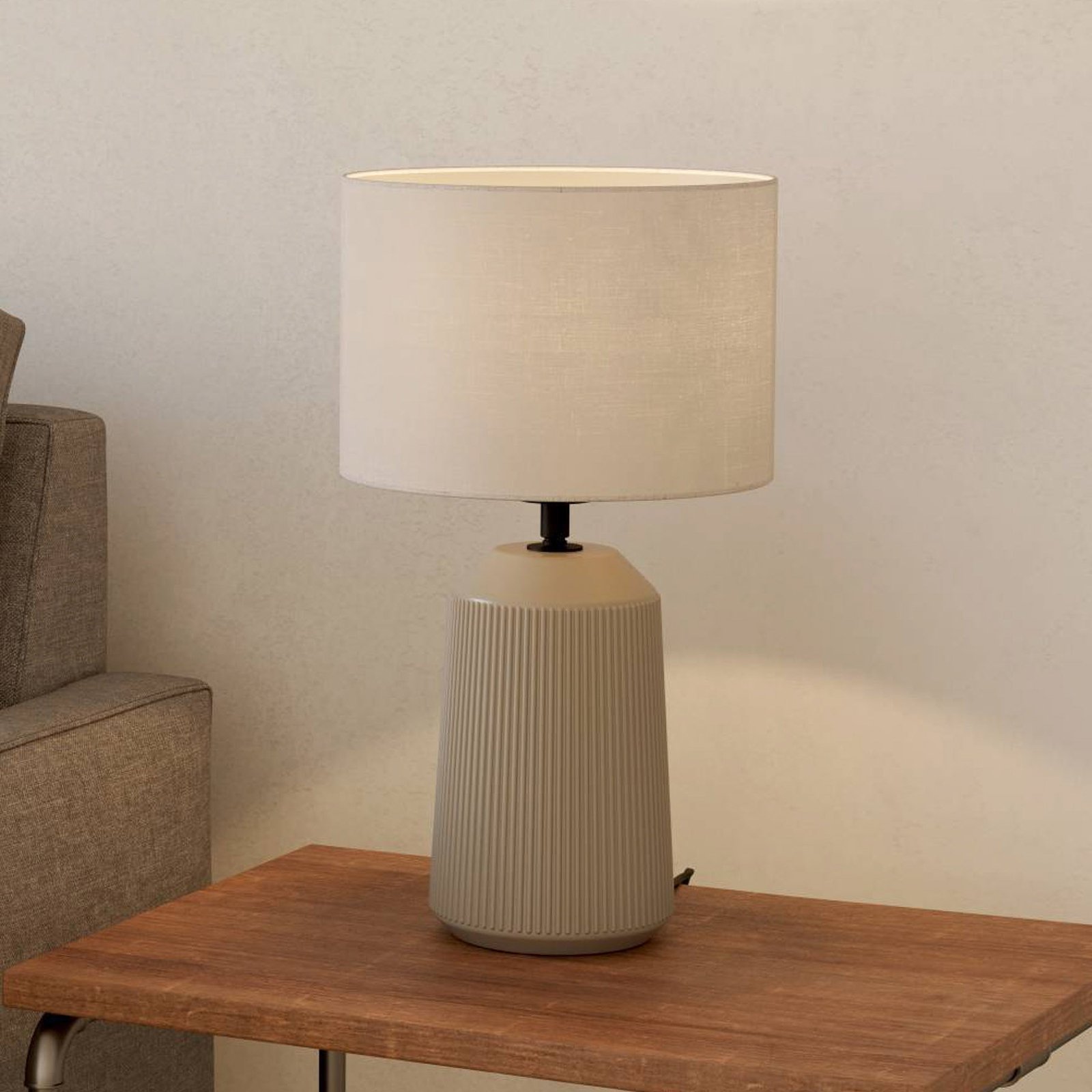
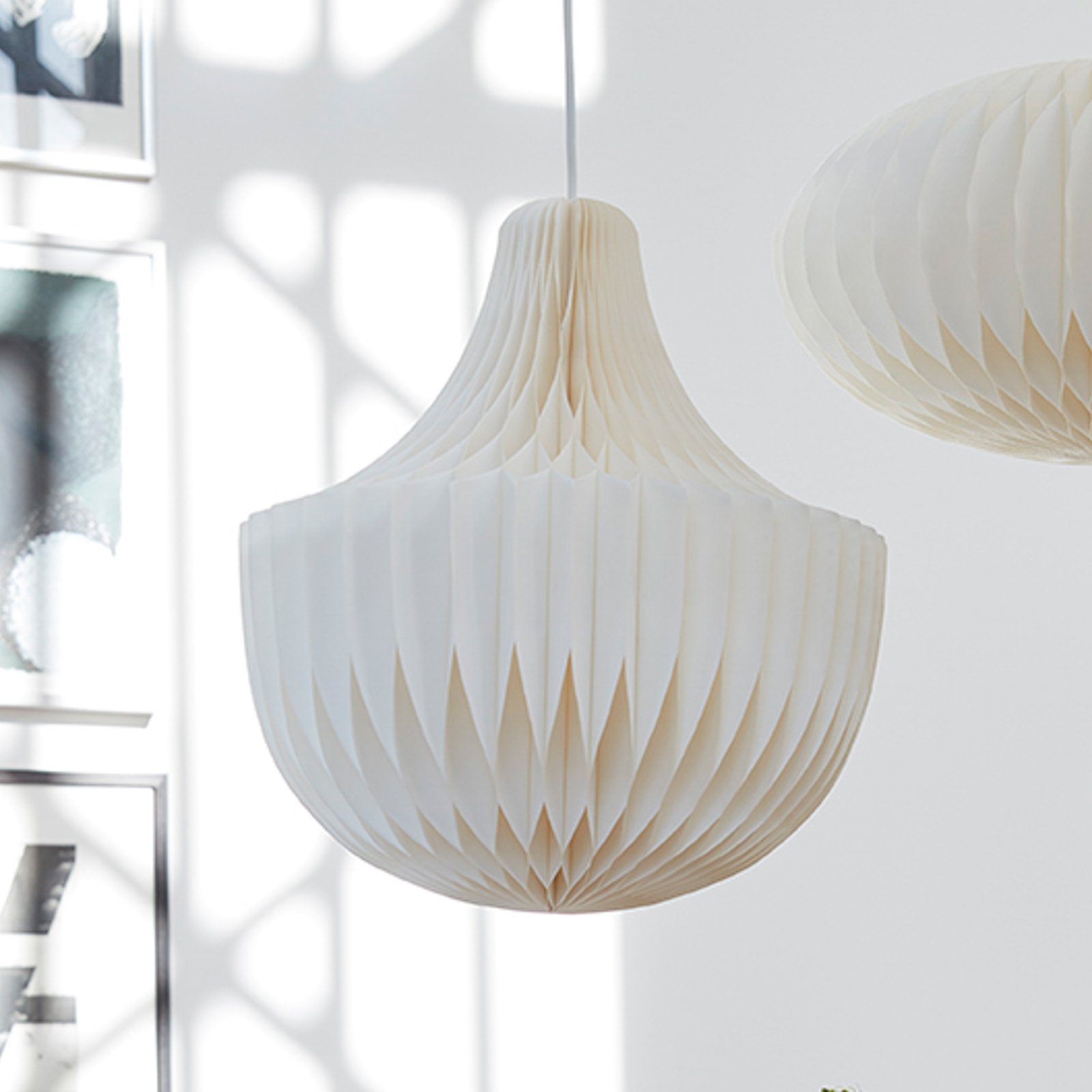
:format(jpeg))
:format(jpeg))
:format(jpeg))
:format(jpeg))
:format(jpeg))
:format(jpeg))